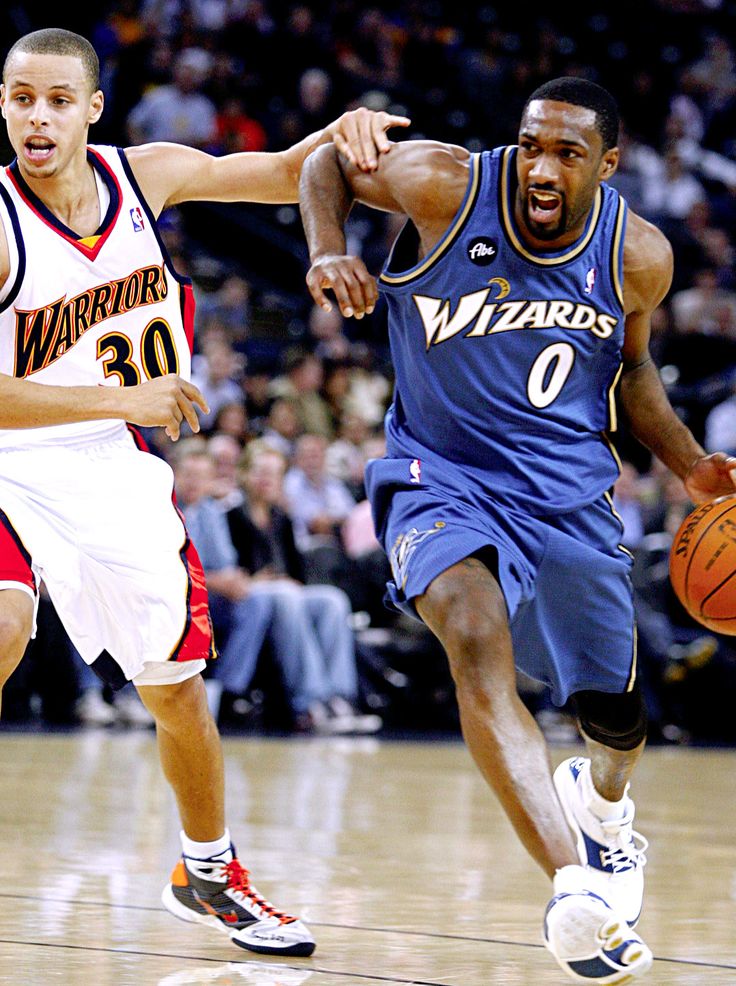Home »
Misc »
How to rotate 11 players in basketball
How to rotate 11 players in basketball
Youth Basketball: 11 Player Substitution Rotation
My Town Tutors is a great resource for parents & teachers.
- Youth Basketball Resources
- 4 Tips for Moms to Support a Youth Basketball Player
- Coaching Books: A list of useful coach books with reviews.
- Youth Basketball by Grade
- Youth Basketball Year: Click on this link to find ideas for each month.
- Basketball Jokes: Why did the basketball player go to jail?… Because he shot the ball!
Youth Basketball Substitution Rotations
Guest Blog by Coach from youthbasketball123.com. A website sharing resources about playing and coaching youth basketball.
An 11 man rotation can be a little bit of a challenge. In youth basketball it is always good to follow a substitution pattern that guarantees playing time for each player. Some leagues have minimum playing time requirements.![]() This rotation is based on a league policy that requires a 25% minimum playing time for each player (8:00 out of 32:00).
This rotation is based on a league policy that requires a 25% minimum playing time for each player (8:00 out of 32:00).
It is helpful to rank each player: above average, average, and below average (Rank The Players). Players will be the playing time that corresponds to their rank on the team.
Number System: A coach can assign a number system for his team 1 – 11. This makes substitutions really simple. Select the “shift” time and simply have the players sit on the bench by number. Players will rotate in the game. A coach should try to balance height and skill to have balance with each unit. (possible set up)
32:00: to keep it simple a coach can divide the quarter in half. The following is based on four 8-minute quarters.
1st Quarter:
Shift #1: 1, 2, 3, 4, 5
Shift #2: 6, 7, 8, 9, 10
2nd Quarter:
Shift #3: 11, 1, 2, 3, 4
Shift #4: 5, 6, 7, 8, 9
3rd quarter:
Shift #5: 10, 11, 1, 2, 3
Shift #6: 4, 5, 6, 7, 8
4th Quater
Shift #7: 9, 10, 11, 1, 2,
Shift #8 3, 4, 5, 6, 7
1 – 7 = 16:00 (50%)
8, 9, 10, 11 = 12:00 (37.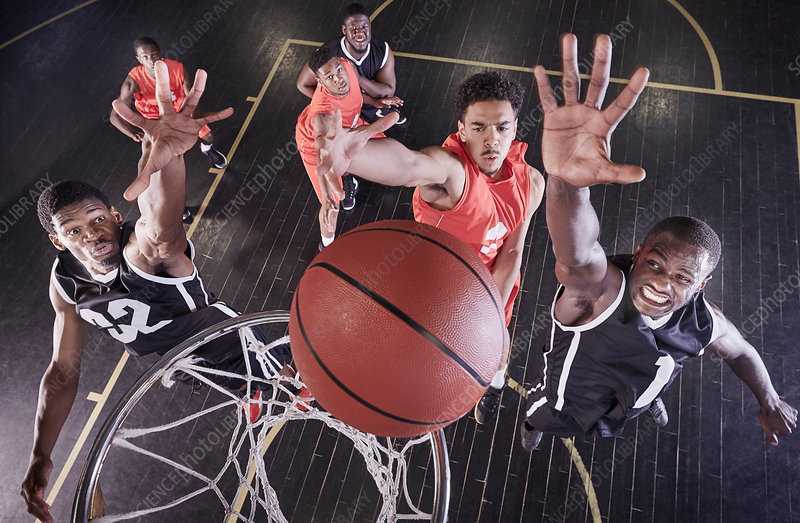 5%)
5%)
Variation #1 Mix the number up: Create a new list each week. A coach can rotate the players in 1 – 7 so no one player is #1. Similarly rotate 8 – 11 so that no player is last all the time.
Variation #2 Pick up where you left off: If a coach is a believer in equal playing time, simply start the next game with the next rotation. This will be the fairest. It will keep most parents happy. And it will allow all players to develop. At the younger ages this is probably the best option (recommendation).
Game #2 Shift #1: 8, 9, 10, 11, 1
Variation #3: Use the number system for the 1st 3 quarters, then play the best players. Through 3 quarters the playing time would be the following:
1 – 8 3 shifts = 12:00 (27.5)
9 – 11 2 shifts = 8:00 (25% if no additional time)
There will 40 minutes of playing time for the 4th quarter (8 minutes X 5 sports) #9 will have not played in 3rd quarter, so it would make sense to find him some time in the 4th or give him a little time in the 3rd.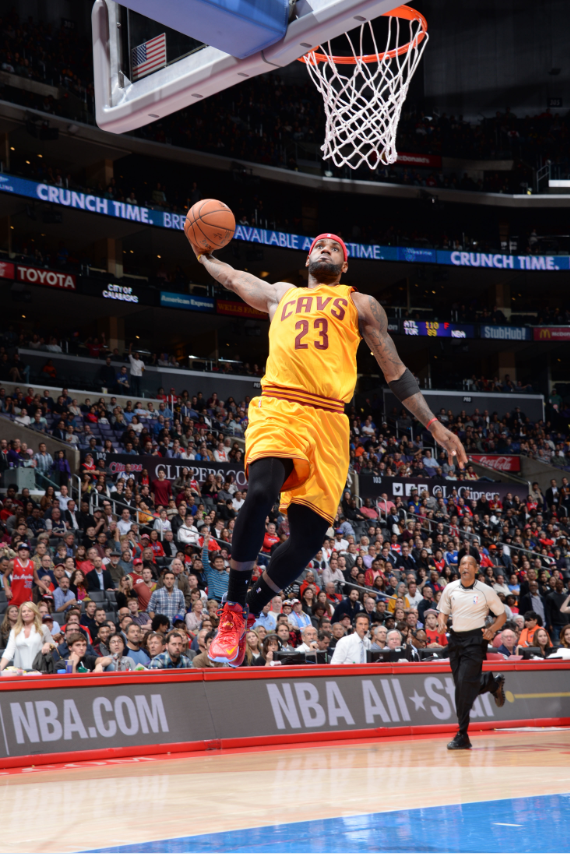
Even Units plus one (4-4-3: Divide the top 8 players into two even groups based on height and position. Try to create as much balance as possible. With the bottom 3 players, have them rotate the 5th spot on the floor. A coach can switch the 3 rotating players each game to guarantee even playing time for all players if this fit his / her philosophy.
Basketball on the Edge - 6 Huge Mistakes Made By Youth Basketball Coaches Everywhere
I once coached a team in a tournament that used point differential to determine which team advanced out of pool play if both teams had identical records. My team went into our final game of pool play needing to win by 11 points in order to advance. Throughout the game I paid much more attention to our scoring margin than I normally do. I used a set rotation that season to keep the playing time for all the players on my team relatively equal. The game reached a point in the second half where I usually sub in my bench and we held a 15 point lead.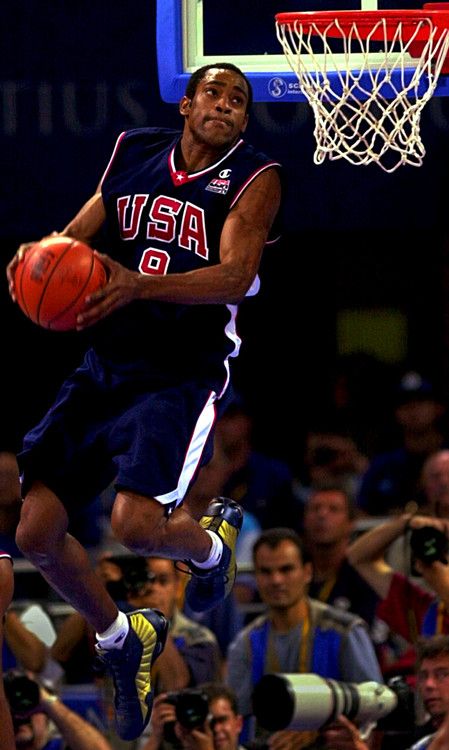 I had a dilemma on my hands. Do I stick with the starters who had built a solid lead and would most likely add to that lead or stick to my season long substitution pattern and risk the 11 point margin of victory? I must admit that I was very tempted to keep the starters in a minute or two longer or maybe bring them back in a minute or two earlier. I stuck to my normal substitution pattern and the lead dwindled to 5 before the starters re-entered the game with 3 minutes left. We ended up winning by 10. I have never felt worse after a loss and yet better at the same time. Despite the fact that I hurt my team’s chance to advance in the tournament, I knew I had done the right thing. As a younger coach, I don’t think I could have done that. I would have left the starters in and proven I was more concerned about winning than player development. Was what I did the right thing in everyone’s opinion? No, probably not. I’m sure the parents of the starters would have preferred us to go for the win and leave the bench players sitting.
I had a dilemma on my hands. Do I stick with the starters who had built a solid lead and would most likely add to that lead or stick to my season long substitution pattern and risk the 11 point margin of victory? I must admit that I was very tempted to keep the starters in a minute or two longer or maybe bring them back in a minute or two earlier. I stuck to my normal substitution pattern and the lead dwindled to 5 before the starters re-entered the game with 3 minutes left. We ended up winning by 10. I have never felt worse after a loss and yet better at the same time. Despite the fact that I hurt my team’s chance to advance in the tournament, I knew I had done the right thing. As a younger coach, I don’t think I could have done that. I would have left the starters in and proven I was more concerned about winning than player development. Was what I did the right thing in everyone’s opinion? No, probably not. I’m sure the parents of the starters would have preferred us to go for the win and leave the bench players sitting.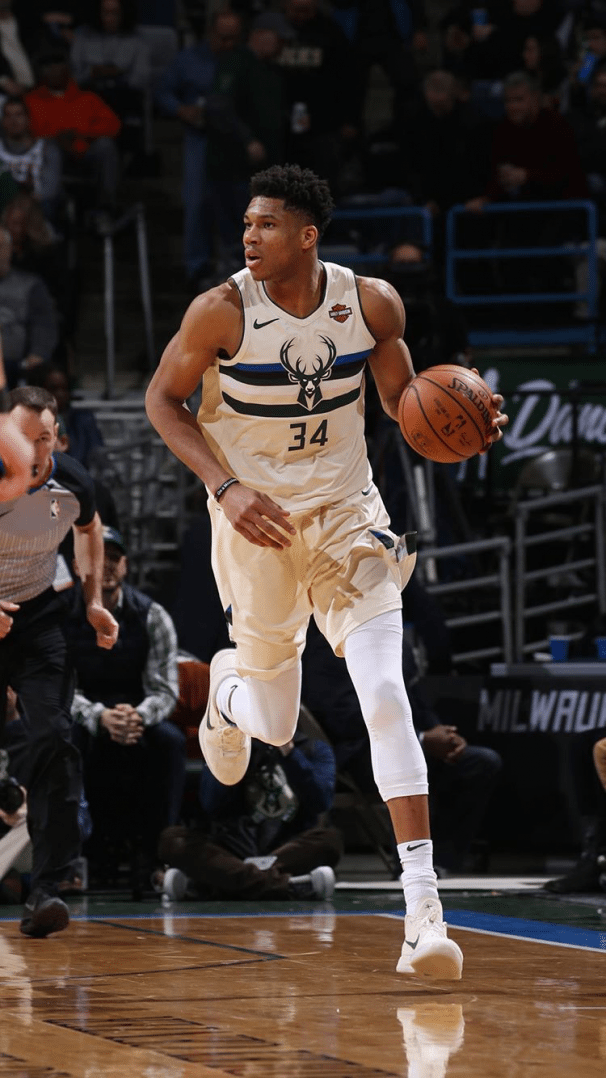 Playing the starters big minutes is just one “strategy” that youth coaches all over the country use to try and win more games, but these strategies are do not help the long-term development of young players.
Playing the starters big minutes is just one “strategy” that youth coaches all over the country use to try and win more games, but these strategies are do not help the long-term development of young players.
What are some of these strategies that youth coaches use to win more today, but are truly detrimental to the long-term development of young basketball players?
Playing the starters almost exclusively.
See the story above and realize that your best 3rd or 4th grade basketball players won’t always end up being the best players later. Kids develop at different rates both in terms of their body maturation and their skill set. Don’t turn kids off at an early age by planting them on the bench. If the only reason a player gets off your bench is because another player fouls out or is completely exhausted your coaching strategy needs to be changed.
I’m not advocating for completely equal playing time. My starters get a few minutes more per game, depending on the length of the game.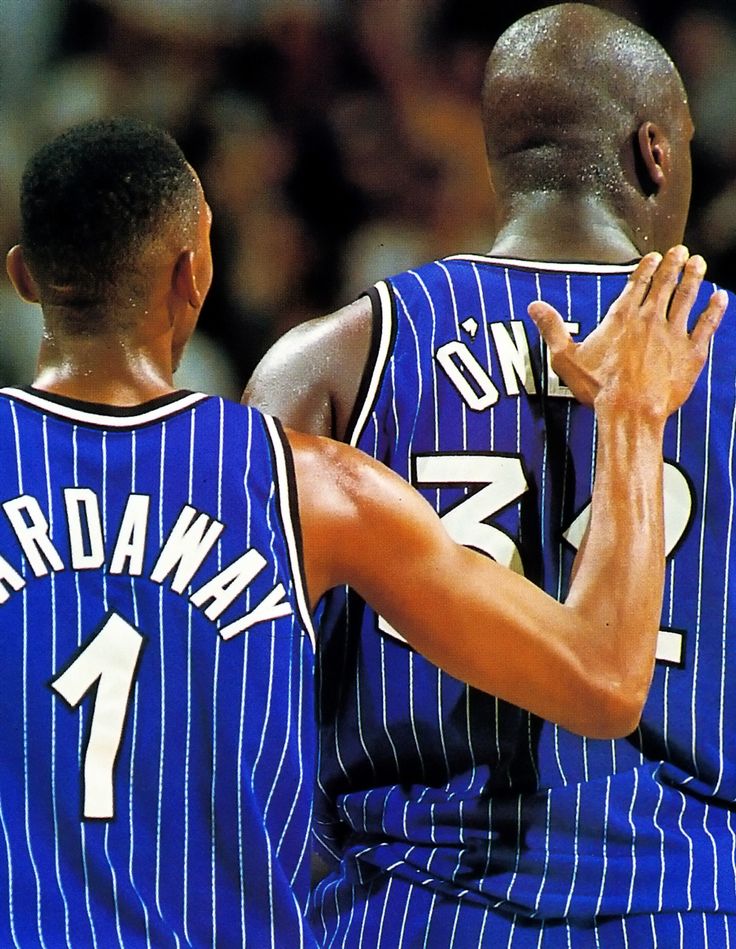 Even at young ages players should understand that performance and effort in practices and games is related to opportunity. That doesn’t mean the bench players never see the floor. They need to play meaningful minutes in game conditions in order to get better.
Even at young ages players should understand that performance and effort in practices and games is related to opportunity. That doesn’t mean the bench players never see the floor. They need to play meaningful minutes in game conditions in order to get better.
Playing a zone defense.
If you want to read a great article on why zones are bad for youth basketball you can check out this post by Tyler Coston of PGC Basketball. I’ll summarize here
- Zones don’t teach players good defensive habits.
- Zones don’t prepare players for long-term success.
- Zones rob the opponent of the opportunity for offensive development.
- Youth basketball players cannot attack a zone properly due to their lack of size, strength, and ability to shoot from outside.
If you just want to win games, then by all means, play a zone. If you care about the game and the players, play man to man.
Assigning Players One Position
Sure, you could win more games by only allowing your best ball handler to dribble the ball down court. I once heard a coach scream, “DON’T DRIBBLE!” the moment a player got a rebound in a game I was coaching. Keep in mind this was a 4th grade girls’ rec league game! How is that girl going to improve her dribbling? She is going to be scared to death that whenever she tries to dribble a 40 year old man is going to be screaming at her. Let everyone handle the ball. Again that doesn’t mean you can’t have a player whose role involves bringing the ball up court, but make sure that everyone has the opportunity to handle the ball during practices and games.
I once heard a coach scream, “DON’T DRIBBLE!” the moment a player got a rebound in a game I was coaching. Keep in mind this was a 4th grade girls’ rec league game! How is that girl going to improve her dribbling? She is going to be scared to death that whenever she tries to dribble a 40 year old man is going to be screaming at her. Let everyone handle the ball. Again that doesn’t mean you can’t have a player whose role involves bringing the ball up court, but make sure that everyone has the opportunity to handle the ball during practices and games.
Sure, you could win more games by planting your tallest player in the lane on defense. They’d probably block a bunch of shots, alter some others, and grab a ton of rebounds. Unfortunately, they won’t learn to defend on the perimeter which might come in handy when they top out at 5’11’’ in high school.
Developing multi-skilled players is part of your responsibility as a youth basketball coach. If you want to read more of my thoughts on positionless basketball check out these two blog posts, Outside and IN and Positionless Basketball is the Key to Player Development.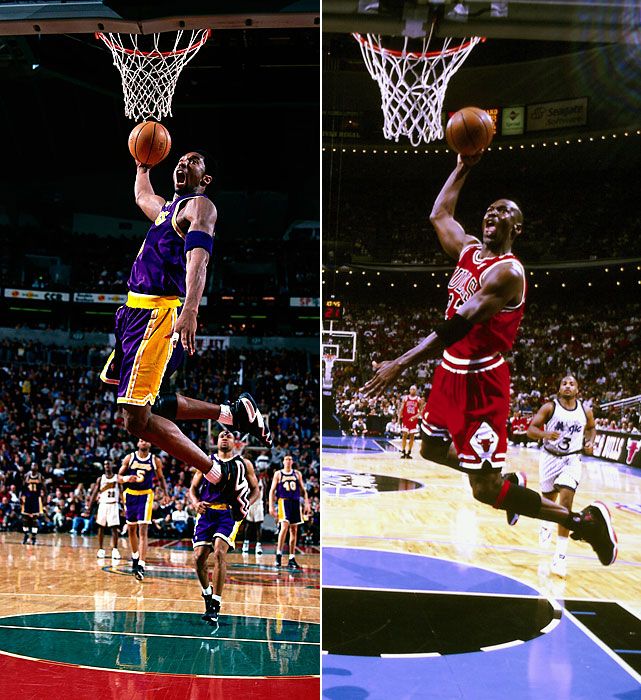
Running set play after set play.
There is nothing you can do as a youth coach that will stifle your players’ development more than running set plays on every offensive possession. When youth players are running set plays they are focused on getting the “pattern” right rather than playing the game in the moment and making split second basketball decisions.
Better to focus on teaching spacing, ball reversal, and proper screening technique so that kids learn to play the game and not just follow a “pattern”.
Not only do set plays impact player development during a game, but many coaches spend HUGE amounts of time practicing their set plays. This usually involves the coach talking a lot and the players standing around watching the coach explain the play. See my thoughts on what a youth basketball practice should like in more detail here.
The Best Players Get Most Of The Shots And Opportunities
A 2nd grade boys rec basketball coach ran a play in a scrimmage against my team where his best player brought the ball up the court and the other 4 players ran to the corner.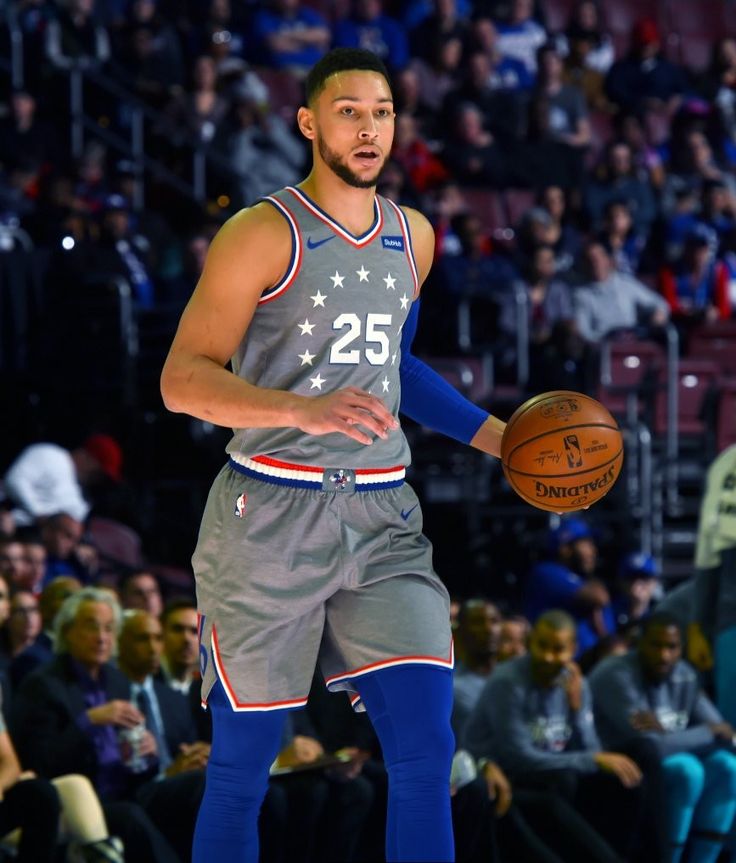 I told my players to stay in the key (helpside defense) rather than run to the corner following their man. After I did that the coach came up to me and asked if I would have my players run to the corner because he was trying to work on his “play”. I informed him that my players would not be heading to the corner and he would need to find another way for his team to score a basket. How much fun was basketball for the 2nd graders who had to run to the corner and stand? Not much! This is obviously an extreme example of a coach only letting his best player control the ball and take the shots, but it happens all too frequently in youth basketball.
I told my players to stay in the key (helpside defense) rather than run to the corner following their man. After I did that the coach came up to me and asked if I would have my players run to the corner because he was trying to work on his “play”. I informed him that my players would not be heading to the corner and he would need to find another way for his team to score a basket. How much fun was basketball for the 2nd graders who had to run to the corner and stand? Not much! This is obviously an extreme example of a coach only letting his best player control the ball and take the shots, but it happens all too frequently in youth basketball.
As a coach it is your job to help all young players make good decisions, develop their skills, and learn from mistakes. If the only player that gets that opportunity is the best player you are doing your kids a disservice.
Using a Full Court PressYouth players are not strong enough to make the types of passes that easily break a full court press.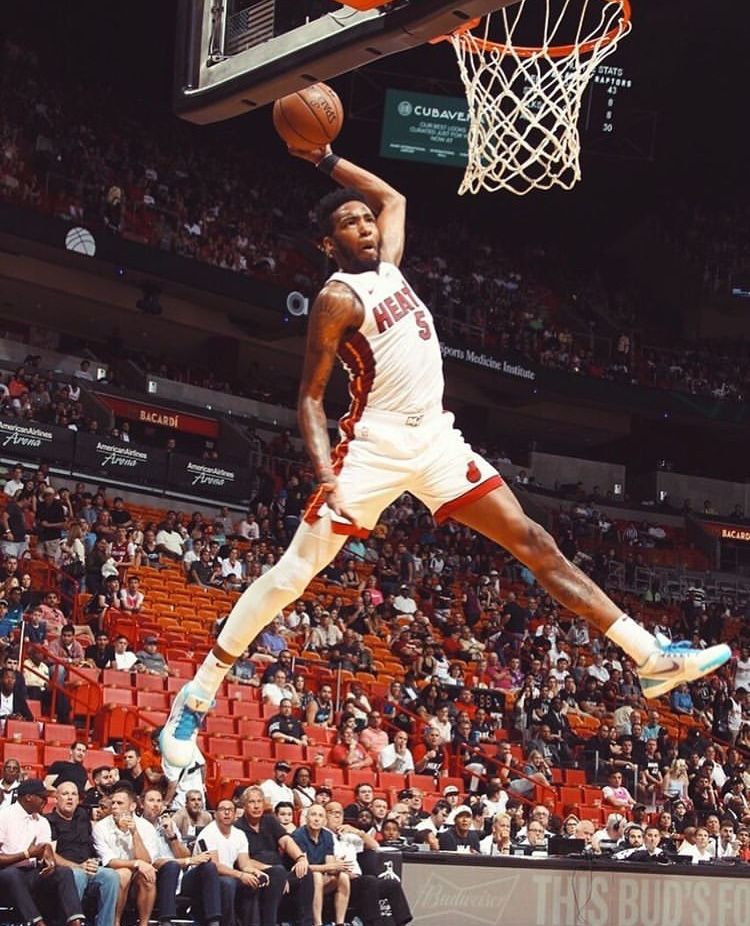 Often, one player will attempt to dribble through the press with disastrous results. Or maybe, a long cross court pass will float softly in the air until it is intercepted. These are common scenarios in youth basketball. The stronger more athletic team presses and the other team doesn’t stand a chance. Is that really good basketball for either side? I would argue no.
Often, one player will attempt to dribble through the press with disastrous results. Or maybe, a long cross court pass will float softly in the air until it is intercepted. These are common scenarios in youth basketball. The stronger more athletic team presses and the other team doesn’t stand a chance. Is that really good basketball for either side? I would argue no.
I’ve been guilty of using a press at times, usually to get my team’s energy level up and I understand why coaches employ them. In leagues that allow it, pressing can get you back in a game quickly or enable your team to jump out to a big lead. I wish we were at a place in youth basketball where pressing was not allowed until 7th or 8th grade but we’re not. If you press at all I urge you to use it very judiciously.
Instilling A Fear Of Mistakes
Coaches that cause their young players to fear mistakes are robbing their kids of the best learning opportunities. Deliberate practice in which the player struggles to improve a skill just outside their current capability has been proven to be very effective.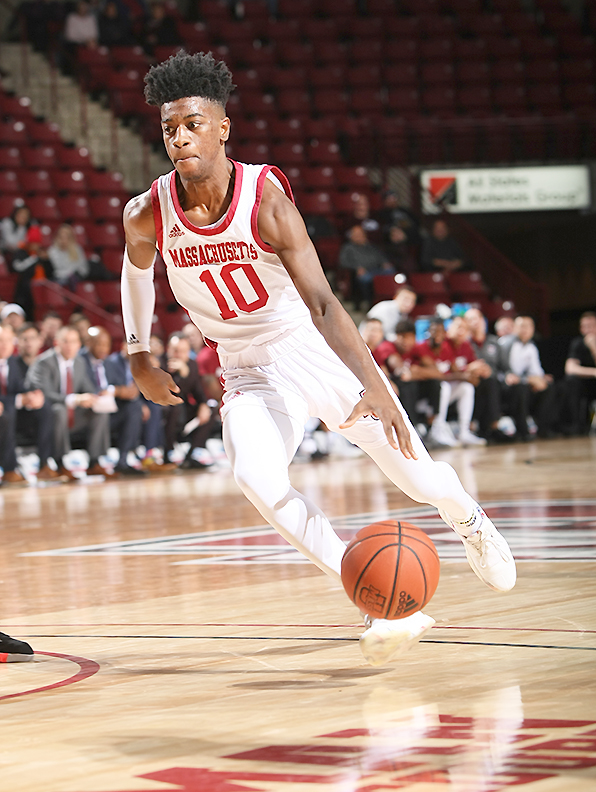 By criticizing players who go outside their comfort zone and make mistakes, a coach is effectively ensuring the player won’t try that new skill again. On the other hand, things that get praised get repeated. If a coach sees a player pushing themselves and trying something new the coach should offer encouragement and specific instruction to help the player succeed next time.
By criticizing players who go outside their comfort zone and make mistakes, a coach is effectively ensuring the player won’t try that new skill again. On the other hand, things that get praised get repeated. If a coach sees a player pushing themselves and trying something new the coach should offer encouragement and specific instruction to help the player succeed next time.
Here’s a great example. My 5th grade boys’ team started playing together as 3rd graders. At that time most of them could not make a layup with their weak hand. We made a conscious decision to praise the players every time they shot a layup with their weak hand, regardless of whether it went in or not. Two seasons later, every player can and will shoot layups with their weak hand. Had we focused on the results of the layup and criticized their misses, the players would have been afraid to shoot with their weak hand and missed an opportunity to develop a new skill.
Many youth basketball coaches have used these strategies at some point in an attempt to win more games. Most coaches have good intentions when employing these strategies. They may think it’s great coaching. Unfortunately, they are wrong.
Most coaches have good intentions when employing these strategies. They may think it’s great coaching. Unfortunately, they are wrong.
Leave us a comment about this post [email protected]
Sign up now to get a “Head Start” on your competition with our free basketball tip of the day delivered straight to your inbox. Click below, enter your email and we’ll also send you our E-Book, “Mental Toughness, Improve Your Brain – Improve Your Game”.
Free Tip of the Day!
A. Ya. Gomelsky about strategy and tactics in basketball
copies of swiss watches
Strategy is the main theoretical direction of the entire work of the team, which determines the means and methods of preparation for the main competitions. Four-year plan for the preparation of the USSR national team for the Olympics in Seoul - the strategy of the team in 1985-1988. The strategy also provides for the management of the team during the competition.
Tactics is a part of the strategy that solves the main tasks of training, taking into account specific capabilities - team resources, characteristics of opponents, competition conditions. All this determines the tactical and combination baggage of the team.
All this determines the tactical and combination baggage of the team.
When choosing tactics of the game (attack), one should proceed, firstly, from the real capabilities of the players, taking into account, first of all, their strengths, for the disclosure of which combinations are built and learned. Secondly, attack tactics are determined by the strength and weakness of a real opponent in a tournament, match.
I usually discuss playing combinations with the players for whom this combination is designed. I know the strengths of my players, but the players themselves know them even better and can make significant adjustments to the combinations I have proposed.
A.Ya. Gomelsky about playing defense
I believe that defense is the main concern of the coach: firstly, because the victory of the team largely depends on its strength, secondly, because the attack starts from the defense, like from the stove, in- thirdly, because the players themselves never work on the elements of protection, and finally, because the audience, as a rule, does not see it, even journalists often underestimate it.
The best team cannot win without a solid defense. Team defense is built on the individual characteristics, capabilities and mood of all players. Often in training, and even in competitions, individual players show indifference to defensive actions. It always bothered me and even angered me. Yes, the menial work on defense isn't that spectacular - except for things like block shots, rebounds, interceptions.' And many players are not aggressive on defense, they are resting on defense, trying to prove themselves in attack.
I am sure that without great desire, responsibility, initiative, passion, it is simply impossible to defend today.
If the defender allowed the attacker to receive the ball in the danger zone, he has already lost. And how many cases when the center is allowed to receive the ball in the three-second zone under the shield, without striving to actively fight for an advantageous position.
Often defensive players are in no hurry, they do not concentrate their attention and efforts enough on this part of the game.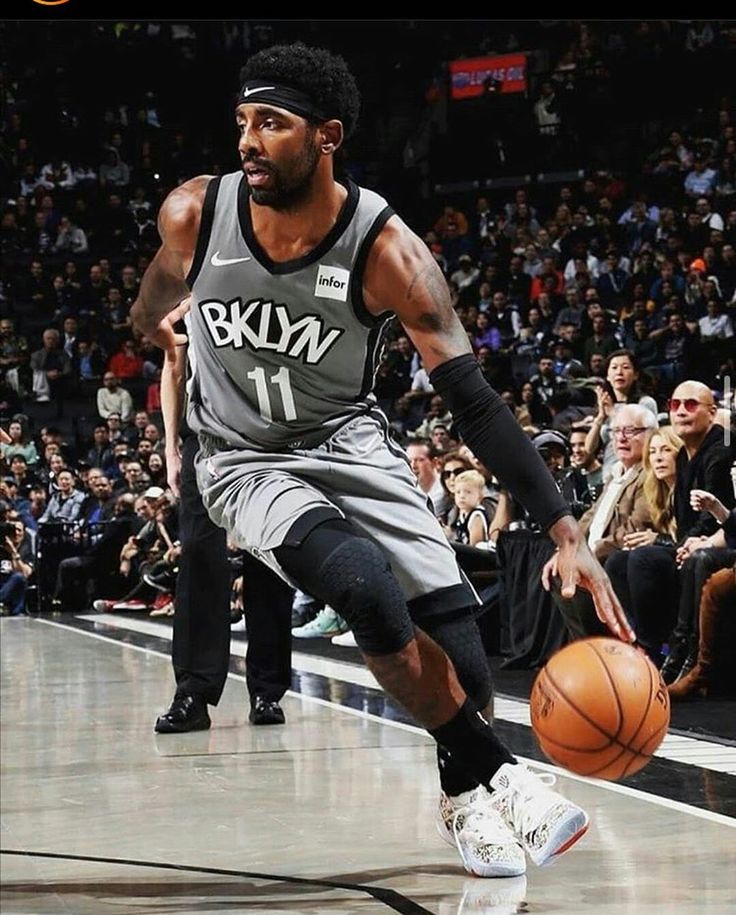
I want to emphasize that the psychology of defense is one of the most important concerns of a coach, and often more depends on the focus on defense than on technique and physical condition. Doesn't the ability to intercept the ball and win the rebound depend on the mind and the ability to calculate one's strength? If a player goes to intercept the ball, exposing his rear, and slips past the ball, is this not the result of poor calculation, inability to predict, anticipate the situation, think and act responsibly? All this is the psychology of protection.
I believe that a player who is weak and inept in defense causes more damage to the team than a player who is weak in attack. The definition of "good defense is head and legs", while still valid, is incomplete. Fast, tenacious, active hands that can both hit and intercept the ball, and prevent a throw, pass, kick the ball while dribbling - are no less important for a defender
Counterattack
Counterattack is the most spectacular and quick use of all opportunities to achieve result.
Fast play requires high technique. The desire to play at high speeds is commendable and acceptable only if the speed does not exceed the state of the art. Otherwise, there will be more mistakes, losses of the ball than achievements. Therefore, in an effort to prepare a fast break, it is necessary to train the execution of all technical elements at high speeds, using both active and passive resistance of defenders in situations 1-1, 2-1, 3-2, 4-3, 5--4 and with numerical equality.
My idea of a counter-attack is not only to move quickly towards the opponent's backboard, but also to quickly transfer the ball to the opponent's backboard with sharp passes, or, if there is no free recipient to receive the ball, by dribbling the ball, actively moving forward. In the final stage of the fast break, players strive to create a triangle in the front line of attack with the apex on the free throw line. There should be a player with the ball, and two other players - to the left and right of him, 4-5 m ahead.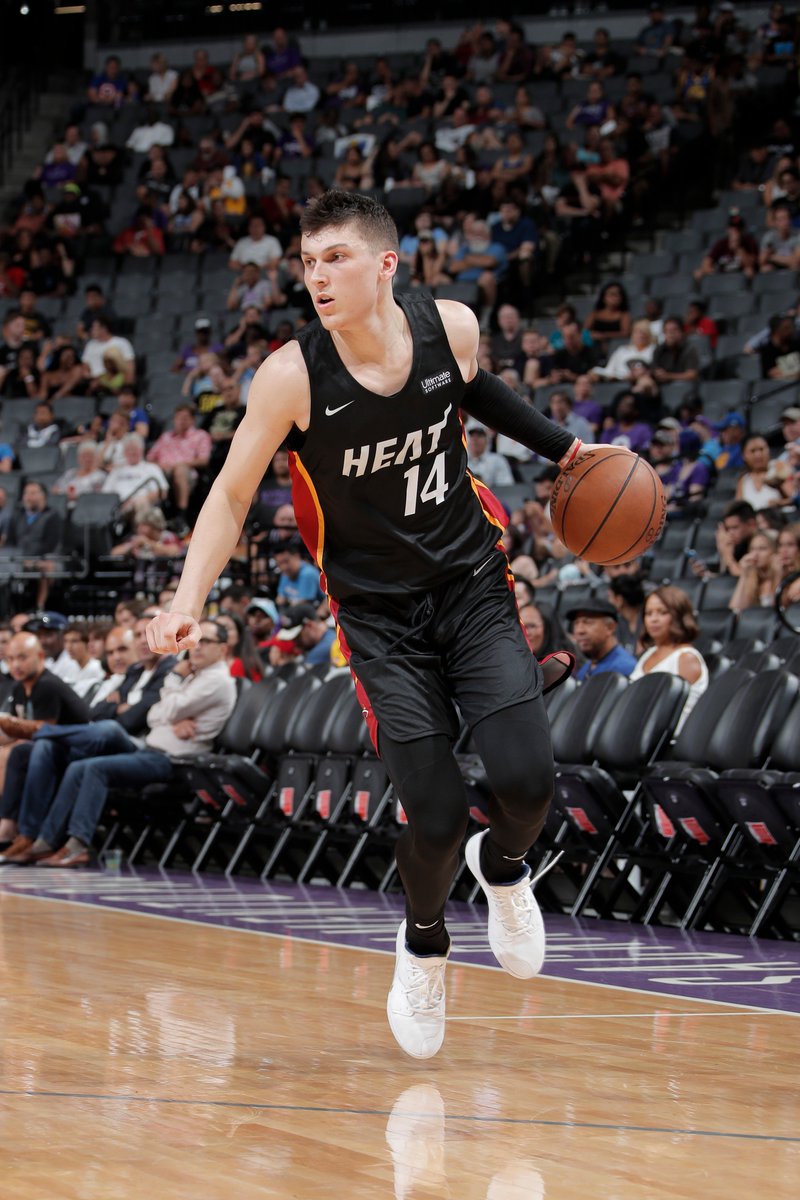
A counterattack is possible in the following situations:
1) when intercepting the ball;
2) when taking a rebound on his shield;
3) after the opponent has made free throws;
4) after winning a dropped ball;
5) after the opponent manages to score the ball.
The best outcome of a fast break is taking the opponent's ring with a numerical advantage, when implementing situations in numerical equality: 1-1, 2-2, 3-3, 4-4. This is easier than beating a 5-5 defense that has already built up its defensive formations.
There are three phases in a counterattack that are equally important for success:
1) the beginning of a fast break - picking up the ball, first pass, movement of the players, their start;
2) the middle stage of the development of the attack - the transition by the players of the middle line of the field, their advancement;
3) completion of the attack - passing the ball at speed and throwing in close proximity to the backboard.
The timing of the "rehearsed fast break" depends on the speed of the players, the ball passes and the finishing shot. The USSR national team spent 5-7 s on a layered fast break. I think that the schemes of her tactical formations will provide great opportunities for the creativity of coaches working with any teams.
Playing in the USSR national team such powerful and tall centers as A. Sabonis and V. Tkachenko made it possible to carry out a counterattack through one long pass across the entire court.
Center #5, after recovering the ball from the backboard, passes it to runaway #2.
Such an attack was especially successful when building a zone or mixed defense, when one of the defenders or wingers playing in the front line of defense was given the task of running away at the moment of throwing at our ring, in the expectation that the giants would be able to take possession of the ball , bouncing off the shield, and make a long pass across the entire field.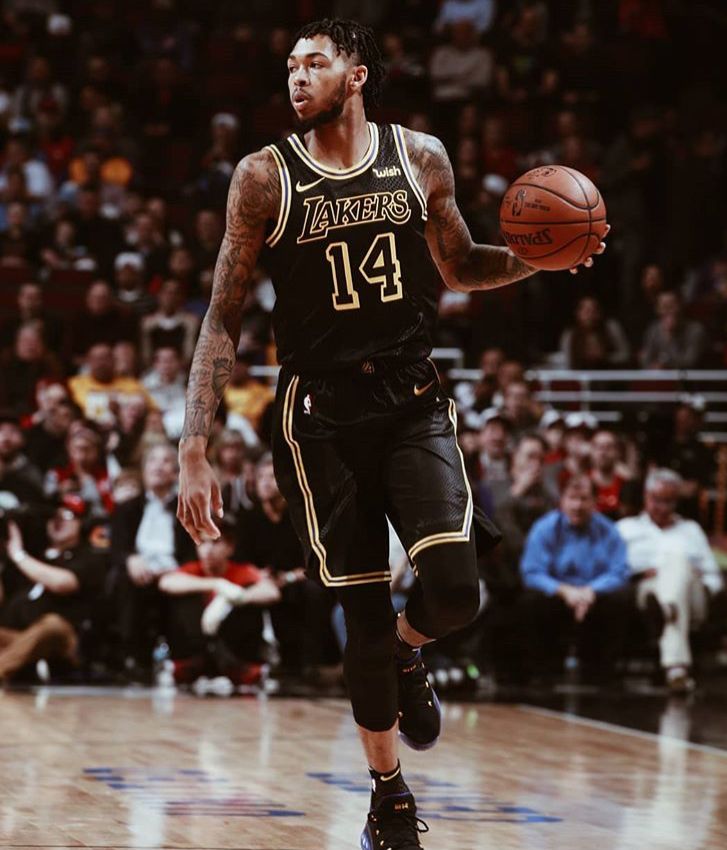 Naturally, such a system of counterattack requires special coordination of actions, and its development takes considerable time in the training process.
Naturally, such a system of counterattack requires special coordination of actions, and its development takes considerable time in the training process.
Development of a quick counter-attack through the middle of the field.
Players #5, #4, #3 are fighting for the ball and, having mastered it, they try to make the first pass to player #2, who passes the ball to player #1. Player #1 rushes forward dribbling through the middle of the court. Players #2 and #3 overtake the dribbler at high speed, form a triangle with #1, and finish the attack with a close range throw if they manage to create a numerical advantage under the opponent's shield.
If it was not possible to complete the attack in the first echelon, then the second echelon comes into action - center players #4 and #5. They, each on their own side of the court, rush to the opponent's shield. The one on whose side the ball is on ends the attack.
Development of a fast sideline break.
On a rebound from the left side of the backboard, the post makes a quick pass to player #2, who opens to receive the pass to the sideline, just above the free throw line. At the intersection of the sideline with the center, player #1 receives a pass from player #2, then passes it to player #4, who rushes forward on the left side. Player #4 has three possible continuations of the attack: give the ball to player #5 or #3, who is running towards the opponent's backboard in a straight line, or pass to player #2 in the area of the arc. It is clear that the transfer should be made to the most open player, who is in the most advantageous situation.
At the intersection of the sideline with the center, player #1 receives a pass from player #2, then passes it to player #4, who rushes forward on the left side. Player #4 has three possible continuations of the attack: give the ball to player #5 or #3, who is running towards the opponent's backboard in a straight line, or pass to player #2 in the area of the arc. It is clear that the transfer should be made to the most open player, who is in the most advantageous situation.
A similar situation occurs when attacking on the opposite side.
Development of a fast break after a free throw into our ring.
If player #4 catches a bounce or quickly clears a potted ball from behind the endline, the first pass is to the left sideline to player #1 opening at or slightly above the free throw line. Player #2 opens near the center circle, receives the ball and dribbles forward. Players #5 and #3 pass the dribbler along the touchlines, player #4 overtakes him from the right, and player #2 stays slightly back in the backing position.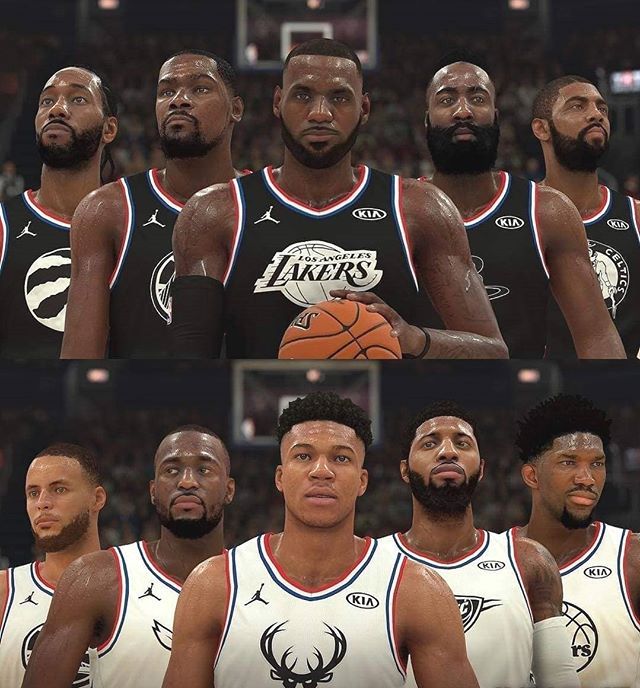 Thus, player #2 has four options to choose the direction of the attack.
Thus, player #2 has four options to choose the direction of the attack.
Same procedure as above, but after rebounding a field goal or after the ball is thrown in from behind the end line.
Developing a fast break after a dropped ball in the center circle or on the free throw line in our half of the field.
Player #5 discounts player #4 who is ready to receive the ball with his hands up. After catching the ball, #4 passes forward to player #1, who opens up to receive that pass after being screened by player #3. Players #2 and #4 support the attack. Such a combination can be played in both directions. At the heart of her success is high growth, good jumping ability and the ability to accurately throw the ball to the partner of the center player.
Same scheme, but now player #4 screens player #2 who, having received the ball from player #3, rushes forward.
The easiest way to complete a counterattack is for the players to take the shortest path to the opponent's shield.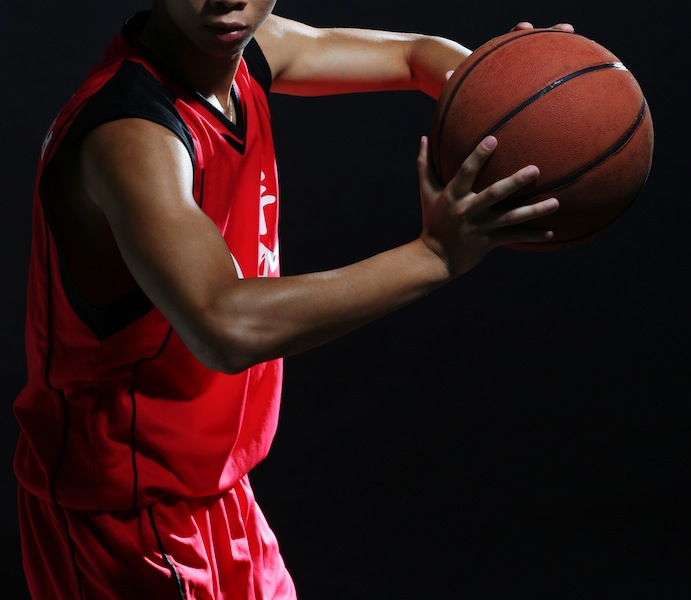 However, with the development of a counterattack, options are possible with cross screens
However, with the development of a counterattack, options are possible with cross screens
interaction like a trio
setting up screens for the players of the second echelon in the center of the field.
Many teams in the world, including the USSR national team, after they failed to complete the counterattack with a scoring throw, in the transition to a positional attack, spent precious time placing players, thus allowing the enemy to prepare for defensive actions and occupy all defenders advantageous positions. This is why a quick or non-stop attack after a counterattack ("transition game") is increasingly used in the tactics of the best teams in the world. I will give an example of such an attack in the USSR national team.
The fast break was not completed by the players of the first attack tier #2 and #3, nor the second tier #4 and #5. They, each on their own side, set up screens for fielders #3 and #2 for a shot from medium or long distance, and then go to the backboard to receive the ball in the three-second zone on the spot or to fight on the backboard, after a throw from one of the players # 2 or #3. Options for a non-stop attack can be very different. This could be a double or triple screen for the team's sniper, or a winger or post entering the 3-second zone after receiving the screen. It all depends on the characteristics and capabilities of the player for whom the combination is being made.
Options for a non-stop attack can be very different. This could be a double or triple screen for the team's sniper, or a winger or post entering the 3-second zone after receiving the screen. It all depends on the characteristics and capabilities of the player for whom the combination is being made.
Double screen to Marciulionis (#2) to attack with his left hand from the free throw area.
Players #4 (Volkov) and #3 (Tikhonenko) simultaneously put up two screens for player #2 (Marciulenis). #2 breaks into the free throw line, where he receives the ball from player #1 (Sokka). "Marciulionis has opportunities to continue the attack:
a) receiving the ball in motion and passing under the backboard;
b) receiving the ball with a stop and shooting at ring;
c) passing the ball to player #5 (Sabonis) in case there is a switch of defenders.
Players #4 and #2 after screening go under the backboard to fight for the rebound.
Mixed defense
There are several systems of mixed defense:
1.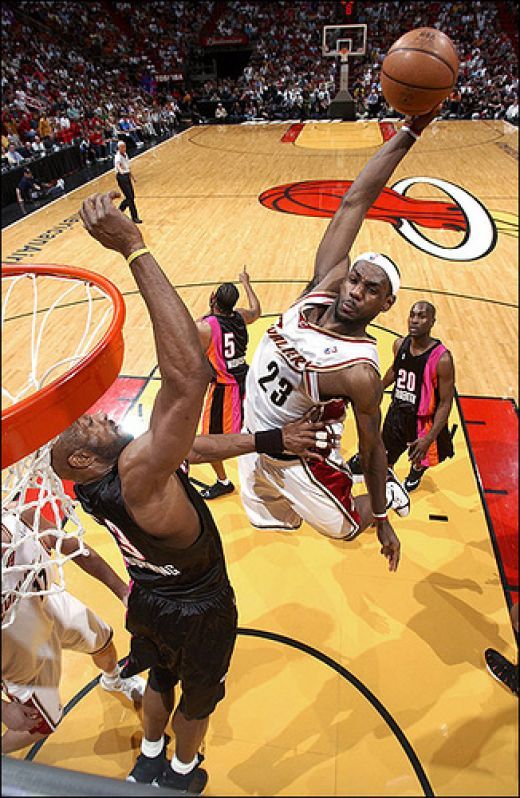 Four players build a zone defense 2-2
Four players build a zone defense 2-2
or 1-2-1
capabilities and tactics of the opponent.
2. Three players build a 2-1 zone defense and two guard the enemy's strongest snipers.
3. One player completes the zone formation while four players cover the opponents personally.
4. Two players form a zone defense and three players act as an individual defense.
Mixed defense brought good luck to the USSR national team and the CSKA team more than once. The choice of defense has always been determined by the characteristics of the opponent and our capabilities.
In the final of the Olympic tournament in Seoul against the team of Yugoslavia, we used a mixed defense 1-4.
Sabonis played a zone defense, the rest of the players closely guarded their opponents. This was due to the presence of Vrankovic or Raja in the Yugoslav team, who are not very dangerous away from the shield, and the fact that Petrovich, Paspal, Kukoch posed a big threat.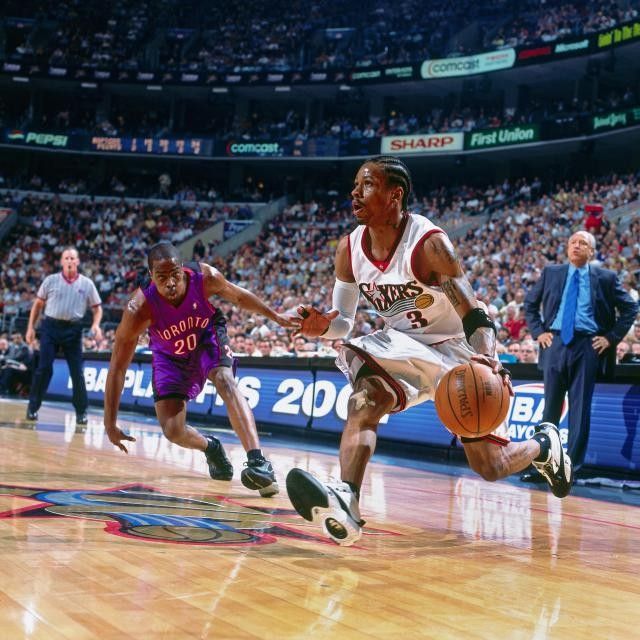 The players who guarded the leaders of the Yugoslav team could, with a greater degree of risk, fight with their opponents to get the ball. They knew that Sabonis would help them if they were beaten.
The players who guarded the leaders of the Yugoslav team could, with a greater degree of risk, fight with their opponents to get the ball. They knew that Sabonis would help them if they were beaten.
A similar defense was chosen in the semi-final tournament in Seoul against the US team. Sabonis did a zone defense and let Robinson or Reed or Maning shoot from wide. But the rest of the US players were completely covered, and a player like Maning did not bring a single point to the team. As a result, the USSR national team won 82:76. And Sabonis, who participated in the Olympics after a serious injury, two operations, took first place in the selection of balls from shields and made a great contribution to the victory of the USSR team.
Sometimes, with two centers Sabonis - Tkachenko, we built a mixed, personally set defense 3-2. Two giants and one mobile defender played well in the zone. In the early 70s, it was Eremin, then Valters, and at the Olympics and the pre-Olympic tournament Sokk performed this function, and Belostenny and Volkov played instead of Sabonis and Tkachenko in Holland.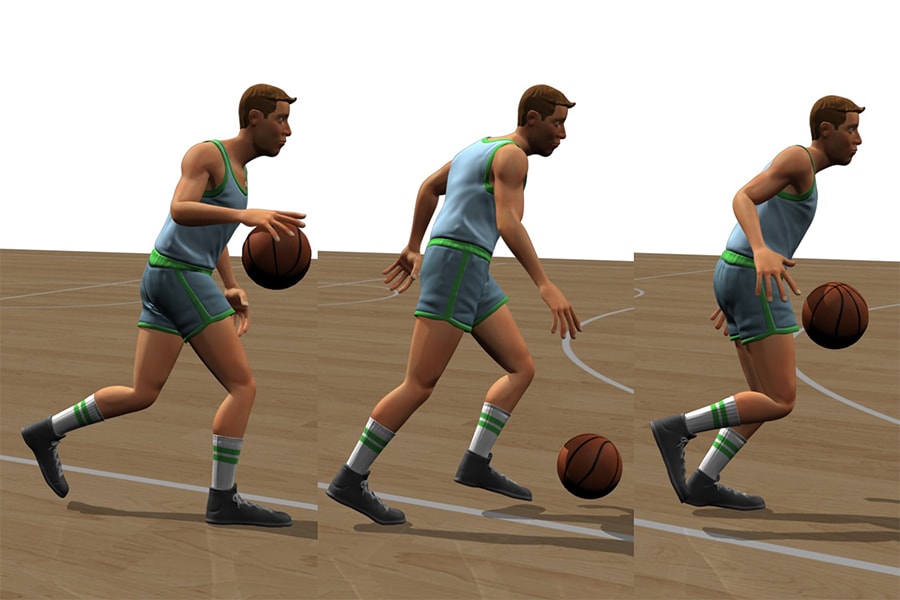
At the Seoul Olympics, we used such a defense (3 in the zone, 2 in person) against the Brazilian team.
Sabonis, Volkov and Sokk built a triangle on top of which Sabonis and Volkov played. Tikhonenko took care of So-uzu personally, and Marciulionis took care of Schmidt, and although these two players scored 65 points together, the match turned out to be very difficult for us, but we still won 110:105. The mistake in the choice of defense was that Schmidt outplayed the smaller Marciulionis in different positions, and Souza outplayed the slower Tikhonenko. In the last 10 minutes of the match, Volkov was attached to Schmidt, Marciulionis switched to Souza, and we changed Tikhonenko to Goborov in zone defense.
Benefits of mixed defense
allows you to fight with him to get the ball, while expecting the active help of teammates, without fear of a throw.
2. Such a system, if the opponent is not prepared for it, tactically introduces confusion and makes it difficult to carry out combinations of screens.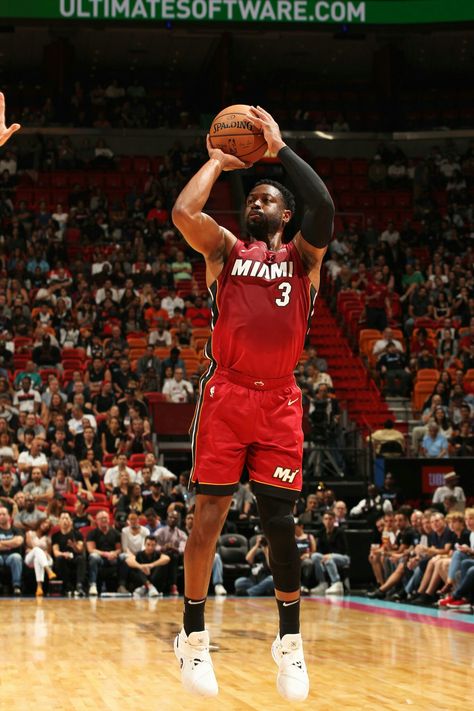
3. Combines the best aspects of individual and zone protection systems.
4. Promotes a quick transition from defense to counterattack.
5. Allows players to use their strengths defensively and not show their weaknesses.
6. Can take the point guard out of the game and deprive the opponent of the usual formation and rhythm, destroy the counterattack if applied pressure throughout the field.
Weakness of the mixed defense
1. A technically competent team that has several leaders easily rebuilds the offense and breaks the mixed defense.
2. Simultaneous movements of two or three players diagonally can destroy a mixed defense if the opponent manages to create a numerical advantage on one of the sides of the field.
3. Often vulnerable to medium throws from 3-4 m.
4. Requires special long preparation, coordinated actions, high teamwork of the whole team for rebuilding and interchangeability in positions.
5. If one of the five players did not have time to reorganize or did not cope with his duties, then the whole idea of such a defense breaks down.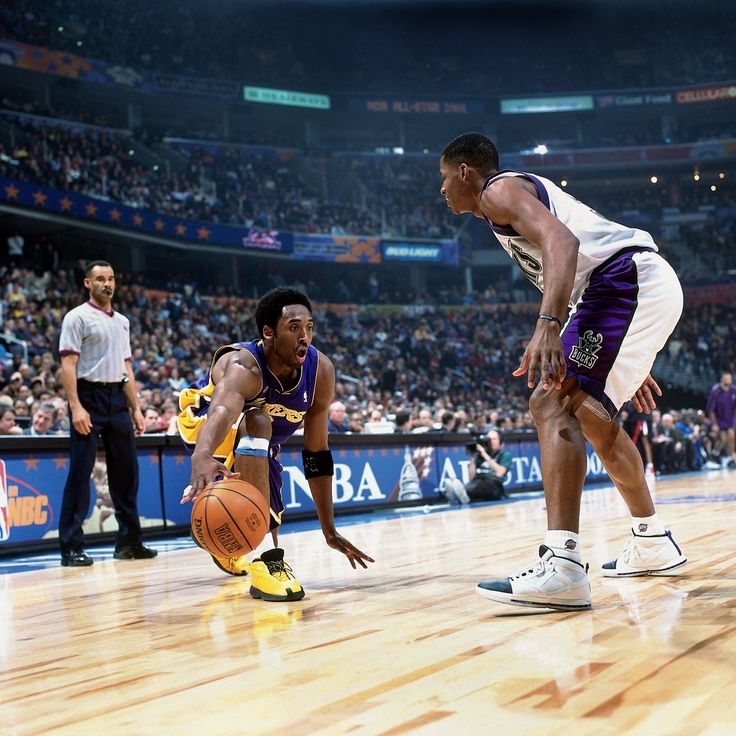
A.Ya. Gomel. Pressing defense
Pressing is the most active type of defense, constant pressure on the opponent. It can be personal or zone, it can start from the moment the opponent throws it: all over the court, on 3/4 of it, in their own half, i.e. on 1/2 site.
The goal of defense by pressing is not only psychological pressure on the opponent, but also the desire to break the opponent's established game, break his habitual connections between defense and attack, his combinations, make inaccurate passes of the ball, hasty - throws. It is impossible to apply pressure without mastering enough methods of individual protection. This form of defense requires high physical condition, good reserve and teamwork of all players and team units.
Pressing is used both as a system of play for long periods of time, and as a forced measure: when losing in a score to increase the pace or when waiting for pressure from an opponent.
By pressing, we try to take the ball away from the opponent - we force him to make false, inaccurate passes that are easily intercepted.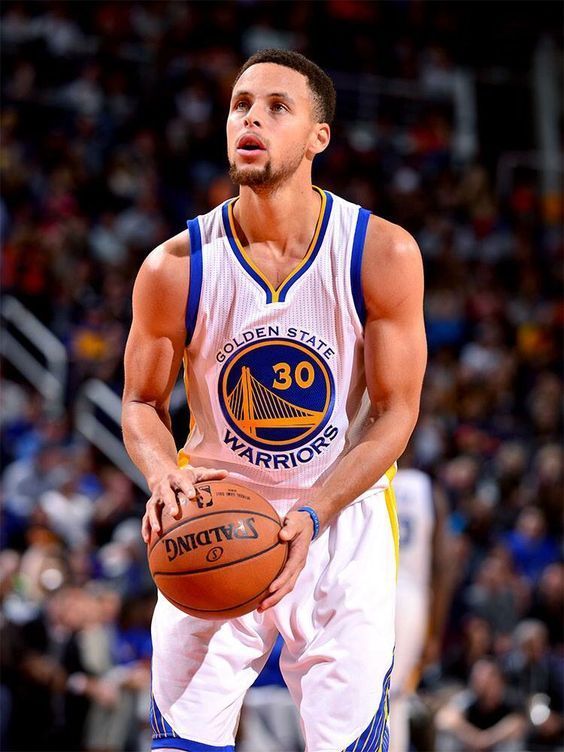 Often, the opponents of the front line of pressing, having missed the opponents, do not pursue them, but watch the development of further events - this is a gross mistake. It is necessary to chase the player with the ball, trying to knock the ball from him from behind, stepping on his heels. Thus, you force the opponent to rush, worry, make mistakes.
Often, the opponents of the front line of pressing, having missed the opponents, do not pursue them, but watch the development of further events - this is a gross mistake. It is necessary to chase the player with the ball, trying to knock the ball from him from behind, stepping on his heels. Thus, you force the opponent to rush, worry, make mistakes.
If in zone or personal pressing you are left without a player and do not help a friend, you make a miscalculation. If one of the five pressers is not active, the work of the entire team goes down the drain. Pressing is primarily an active defense of the team.
In modern basketball, many coaches tend to believe that personal pressing is less effective, difficult, leads to a large number of personal violations and is inferior in usefulness to zone pressing systems. I also believe that a strong, technical player with good dribbling is able to cope with personal pressure.
In addition, with a stretched defense, it would be incredibly difficult to keep such players as Marciulionis, Volkov, Kurtinaitis, Petrovich, Schmidt, Kukach, Paspal, Rivier, Gallis one on one.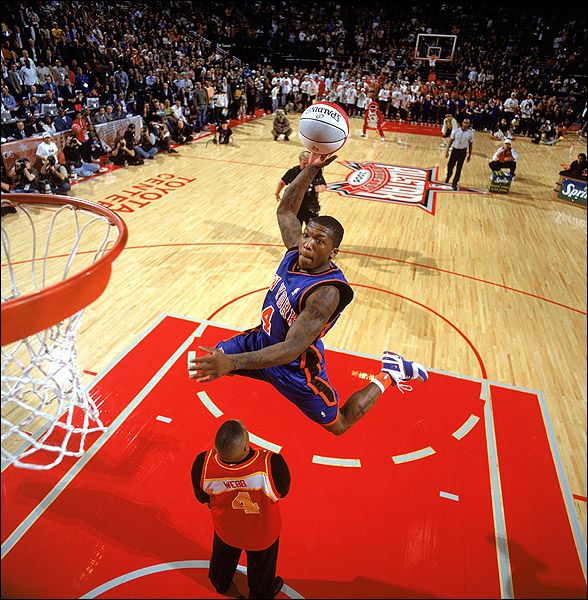 I'm not talking about NBA players. But although zone pressing has become more popular, it is impossible to do without the ability to play personal pressing. Therefore, it is necessary to train defense daily 1-1, 2-2, 3-3, 4-4 all over the court, with and without the ball, with and without dribbling, with and without screens, first at a walk, then at high speed.
I'm not talking about NBA players. But although zone pressing has become more popular, it is impossible to do without the ability to play personal pressing. Therefore, it is necessary to train defense daily 1-1, 2-2, 3-3, 4-4 all over the court, with and without the ball, with and without dribbling, with and without screens, first at a walk, then at high speed.
Exercises are useful in which the number of defenders prevails over the number of attackers. These exercises promote the interaction of the defenders, instill the skills of tackling the ball. They are also good for attacking players. When training personal pressing, due attention should be paid to the rapid movements of players in an active stance, in different directions, with a skillful change in the positions of players. Defenders of the first line of defense seek to push their attackers to the sidelines and prevent the attacker from getting around him with the ball and without the ball.
If one of the defenders managed to stop the attacker with the ball at the touchline at the intersection with the penalty or center line, the defensive partner must come to the aid of a friend: together they force him to make a cross pass, which the other three players are ready to intercept.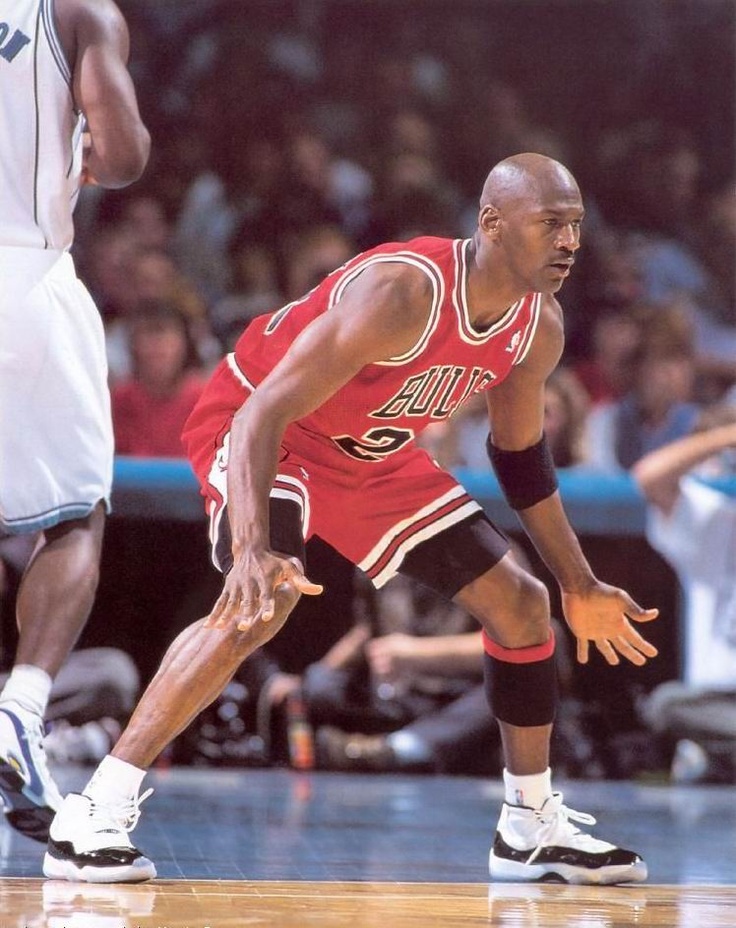
The initial stage of personal pressing is carried out by two fundamentally different tactical formations:
1. The opponent who introduces the ball into the game holds a high moving edge and with an active movement of the hands prevents him from making an aimed pass.
2. No one guards the opponent who puts the ball into play, but two pressers prevent the most dangerous dribbler from getting the ball.
For example, Volkov secured Sokk and Marciulionis from behind when passing to player 5.
A few tips when defending with personal pressure: make him stop and do not let him make an accurate pass, interfering with his hand movements;
2) if the defending partner allowed himself to be bypassed, immediately come to his aid, of course, without leaving your ward in a safe position under the shield;
3) constantly watch not only your ward, watch the actions of partners, learn to see the whole field.
In the USSR national team and CSKA, zone pressing 1-2-1 - 1 brought us the most success. We started pressing from the opponent's front line after a goal and a free kick. High extreme Volkov interfered with the throw-in. If the ball was injected to the right, Marciulionis and Volkov attacked X2 defender together, trying to prevent him from going forward and make an aimed pass to XI defender, Sokk followed the movement of X3 and X4. Sabonis secured the rear, was responsible for long passes and for the X5 player. Tikhonenko in the center of the field followed X4's pass with a long pass and went to the ball passing side.
We started pressing from the opponent's front line after a goal and a free kick. High extreme Volkov interfered with the throw-in. If the ball was injected to the right, Marciulionis and Volkov attacked X2 defender together, trying to prevent him from going forward and make an aimed pass to XI defender, Sokk followed the movement of X3 and X4. Sabonis secured the rear, was responsible for long passes and for the X5 player. Tikhonenko in the center of the field followed X4's pass with a long pass and went to the ball passing side.
Returning with a weak attack, we built a defense 2-3
Zone defense in basketball
The meaning of this defense is that the players are in charge of a certain area of the field, in accordance with the position of the ball and the formation of the attacking team.
Benefits of zone defense:
1. Gives the opportunity to arrange players according to their physical, technical and mental characteristics.
Tall, jumpy players are located close to the shield, mobile, fast players - in positions higher from the shield.
2. More commanding, easy to master, able to compensate for the individual gaps in the defense of the players.
3. Promotes counter-attacking and frequent interceptions of the ball with the greatest possible degree of risk, because. Partners are always ready to help.
4. The number of fouls in a zone defense is usually less than in a personal defense.
5. This defense is less vulnerable to screen combinations.
6. Can concentrate with strong opponent centers and stretch with snipers.
7. More than personal protection, it saves players' strength and protects leaders from fouls.
8. Most effective against opponents with strong centers.
9. A team that owns a zone defense can easily build mixed forms of defense: 3-2, 4-1, 2-3.
10. Convenient and suitable for small fields.
Disadvantages of zone defense:
1. Inferior to the personal psychological responsibility of the players, their charge for individual victory in defense.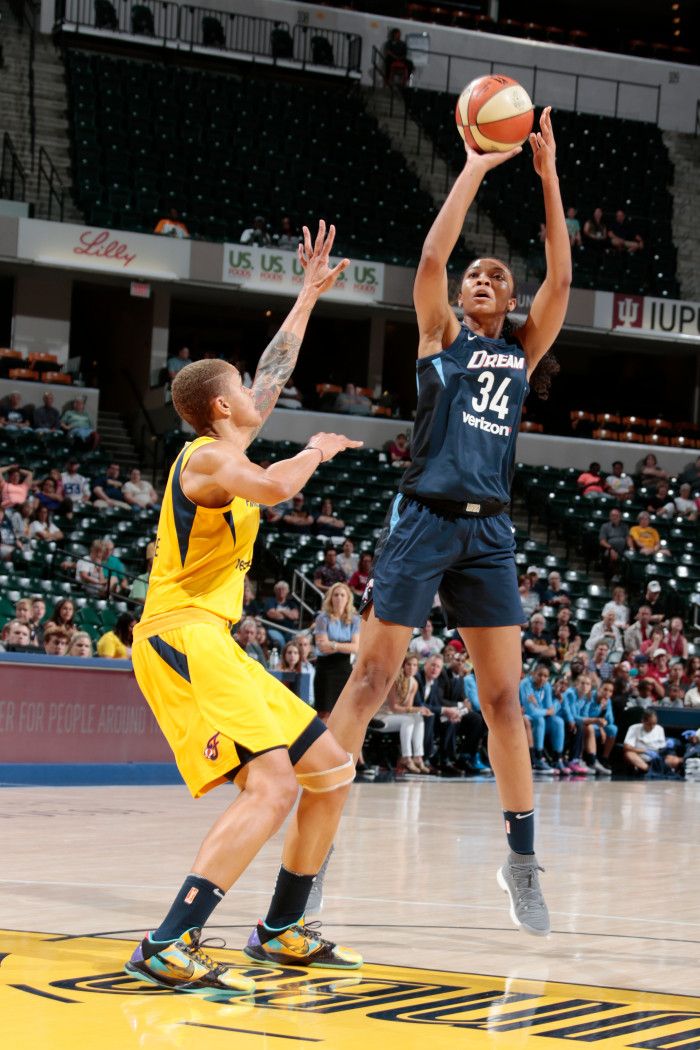
2. Less useful against teams with strong snipers.
3. As a rule, the corners of the court are less protected in zone defense.
4. Zone defense can be used occasionally and should not be the main form of defense. It is not advisable to use zone defense at the beginning of the match, when the opponent's players are not yet tired, energetic enough - their throws are more accurate and productive than at the end of the game.
There are several formations of the zone defense, however, each of the zone defenses should easily transform depending on the attack - stretch when attacking from a distance and group around the ring.
Even type of zone defense formations includes systems: 2-2-1, 2-1-2, 2-3.
Odd formation: 1-2-2, 1-3-1, 3-2.
Each of these constructions has its advantages and disadvantages, which are useful to analyze.
The arrows indicate the direction of movement of the players. The shaded places on the court are the weak positions of the defense.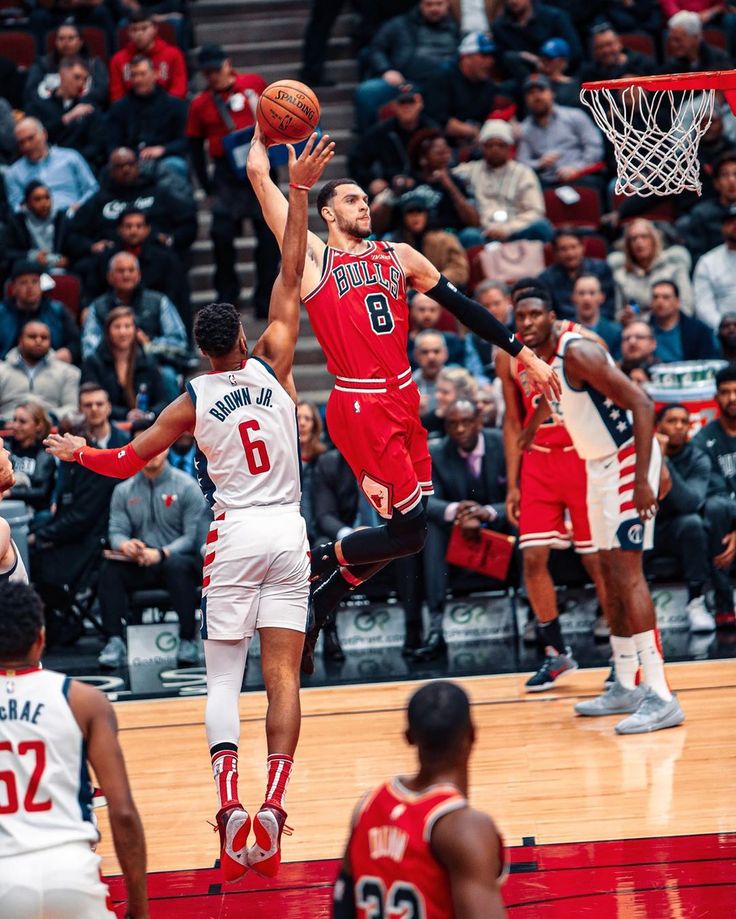
Zone defense 1-2-2
#1 - the lightest, fastest defender, #2 and #3 - quite mobile, jumpy, good if their height is at least 2 m. #4 and #5 - centers. Their task is to fight with the opponent's centers, picking up balls from the shield.
This system is most useful against teams trying to attack from under the shield through the post. Disadvantages - weak positions indicated in the figure.
Zone defense 2-1-2
It is used against strong opponent's centers who are dangerous on the "second floor" when rebounding the ball. Good for developing a counterattack with fast #1 and #2 players. Vulnerable in corners under 45, in the center for long and medium throws. The task of post #5 is to mark the opponents' post and, together with ?3 and ?4, create a rebounding triangle. #3 and #4 are mobile and high wingers, they can be swapped depending on the place of the sniper's attack.
Zone Defense 1-3-1
Helps to keep #3, #5, #2 between the ball and the basket at all times, used against opponent's strong centers and shots from middle and close positions.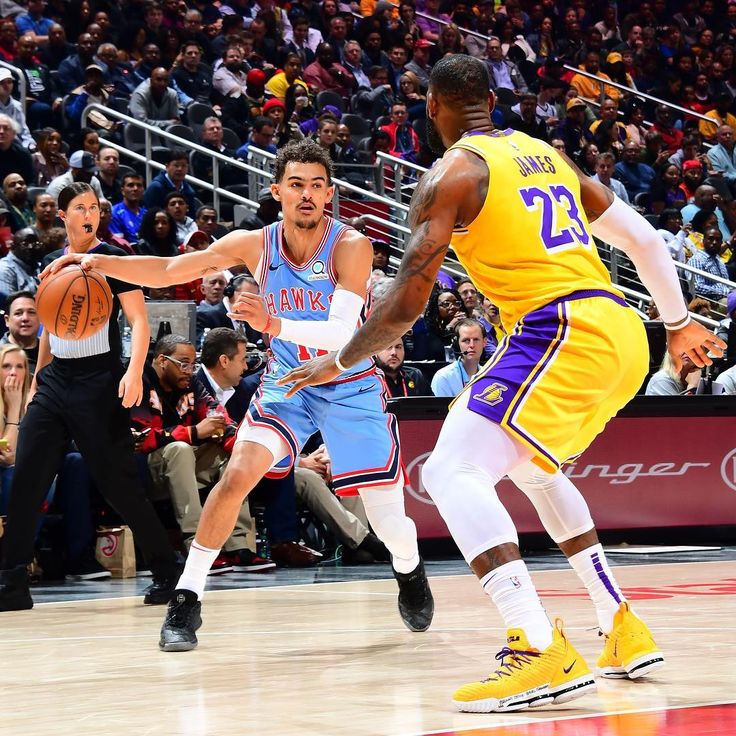 Her weakness is throws from the corners of the site and passes to the shield along the front line.
Her weakness is throws from the corners of the site and passes to the shield along the front line.
#1 - the fastest defender, running into the gap in every possible situation, #2 and #3 - mobile, jumping players, #5 - center, #4 - the fastest winger, able to move into the corners of the court.
Zone defense 3-2
#1, #2 and #3 are aggressive, mobile players, the success of the whole system largely depends on their activity. All three are focused on intercepting the ball and counterattacking. This system is most acceptable against teams seeking to attack from a distance, and less suitable against strong centers. The 3 second zone and 45 angle positions are the most vulnerable. #1 is in charge of the foul line. #2 and #3 are in a rebound fight. #5 and #4 are the first and second centers.
Zone protection 2-3
Strongest under the backboard, in the corners of the court along the front line. It is used against a tall, powerful team attacking from close positions and from under the shield. Often used for group selection of the ball in the corners of the site. When interacting #4 and #2 or #3 and #1, the defense is less effective on the foul line and at a 45 angle. #5 - center, #4 - second center, #3 - winger, #1 and #2 - defenders, constantly aimed at interception and counterattack.
Often used for group selection of the ball in the corners of the site. When interacting #4 and #2 or #3 and #1, the defense is less effective on the foul line and at a 45 angle. #5 - center, #4 - second center, #3 - winger, #1 and #2 - defenders, constantly aimed at interception and counterattack.
Zone protection 2-2-1
This defense is used by agile and short teams aiming to intercept the ball and constantly counterattack. This zone counterattack is used against teams seeking to attack from medium distances. Center #5 is responsible for rebounding, wingers #3 and #4 are responsible for positions in corners and under 45 , rebounding the ball and for the foul line.
Defenders #1 and #2 tend to close the passes to the shield and into the three-second zone, while they themselves are constantly aimed at counterattacking.
A.Ya. GomelskyDefense against ball carrier
It is necessary to work out the correct body position in a basketball stance: the center of gravity is evenly distributed on both legs, but not on a full foot, but on toes, with a "charged" (ready for any movement) foot, knees slightly bent, legs slightly wider than shoulders . Boxing stance - like the great Michael Jordan.
Boxing stance - like the great Michael Jordan.
If the opponent is in possession of the ball, one arm of the defender must be directed at the ball and constantly attack the opponent, preventing him from aiming or throwing (best if it touches the attacker), and the second arm slightly pulled back. Many defenders, being between the player with the ball and the basket, even in the correct stance, do not actively use their hands, do not make an offensive movement towards the attacker, which allows the opponent to calmly take further actions. At the same time, it must be remembered that you cannot cross your legs, that the distance between the defender and the opponent must be calculated so that the opponent can pass with a dribbling to the ring.
Contact defense against the ball carrier, although difficult and somewhat risky, is modern and has its advantages. If your arm extended to the opponent reaches his chest, then by doing so you prevent the attacker from lifting the ball up for a throw.
Defender's movements should be trained regularly:
a) in each training session - with and without resistance;
b) with one or two balls;
c) with side steps, making contact with the body closest to the attacker.
The defender's actions in different situations can be divided into 12 positions:
1. Defense against a dribbler driving the ball to your ring.
2. Defending against a player who has finished the dribble and is looking to either shoot or pass.
3. Defense against an attacker 5-6 m from the backboard, but not using the dribble.
4. Actions of defenders in numerical minority.
5. Actions of two defenders against three forwards.
6. Actions of three defenders against four forwards.
7. Actions of defenders during screenings.
8. Rear screen protection.
9. Slip protection.
10. Group ball tackle by two defenders.
11. Defense against the first pass to the counterattack.
12. Fighting the attacker in the corners of the court.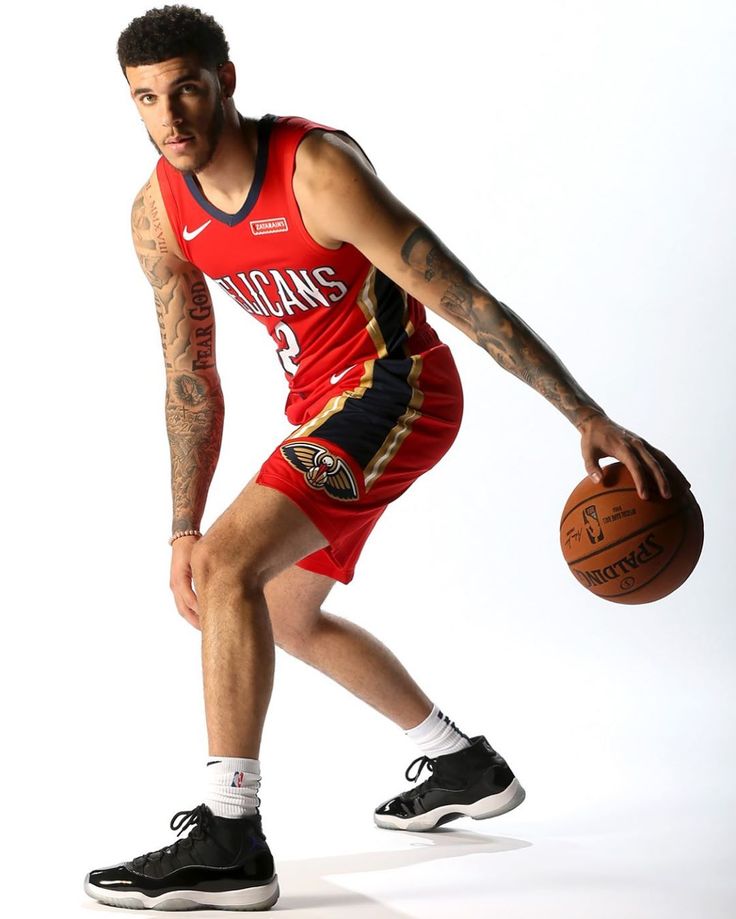
Let's try to analyze the defender's actions in each of these positions.
1. Defender's task - in a parallel low stance, without crossing the legs, move backwards, knees slightly bent, one hand all the time makes attacking movements towards the dribbler (feints with the body and head participate in this frightening dribbler movement), with the other hand he tries to stop the dribble (if possible, knock the ball out). The raised hand is ready to prevent the presenter from making the pass. Hands can be changed, they are always in motion.
As already mentioned, one should move on a "charged" foot, the heels do not touch the floor, the back is straight, slightly tilted forward, the head is raised up.
The leader should be pushed to the sideline, in the corner of the court, or his movement should be directed towards the defensive partner, remembering that the leader must not be allowed to go to the "strong" side (if left-handed - to the left, if right-handed - to the right).
The distance from the leader should be maintained depending on the speed of his rushing with the ball, his ability to attack or pass, as well as your ability, taking into account the position on the field of defensive partners. Do not rush to take the ball away from a good dribbler, wait for him to stop or make a mistake.
2. If the attacker has finished dribbling and has stopped to shoot or pass the ball, the defender must definitely get close to him, actively using his arms, preventing him from concentrating on the next action. The hand closest to the opponent must touch the fingers of his chest or stomach and not allow him to lift the ball up to attack the ring or pass. The defender seeks to force the opponent to turn his back to the shield and, without stopping attacking the attacker, prevents him from making an aimed pass. The defender must signal to his defensive partners to be ready to intercept the ball. These are already team actions.
3. If the opponent has received the ball 5-6 m from the backboard and he is in possession of the dribble, the defender must not stop actively attacking the attacker; make short lunges with your front foot, use your hands to prevent him from aiming.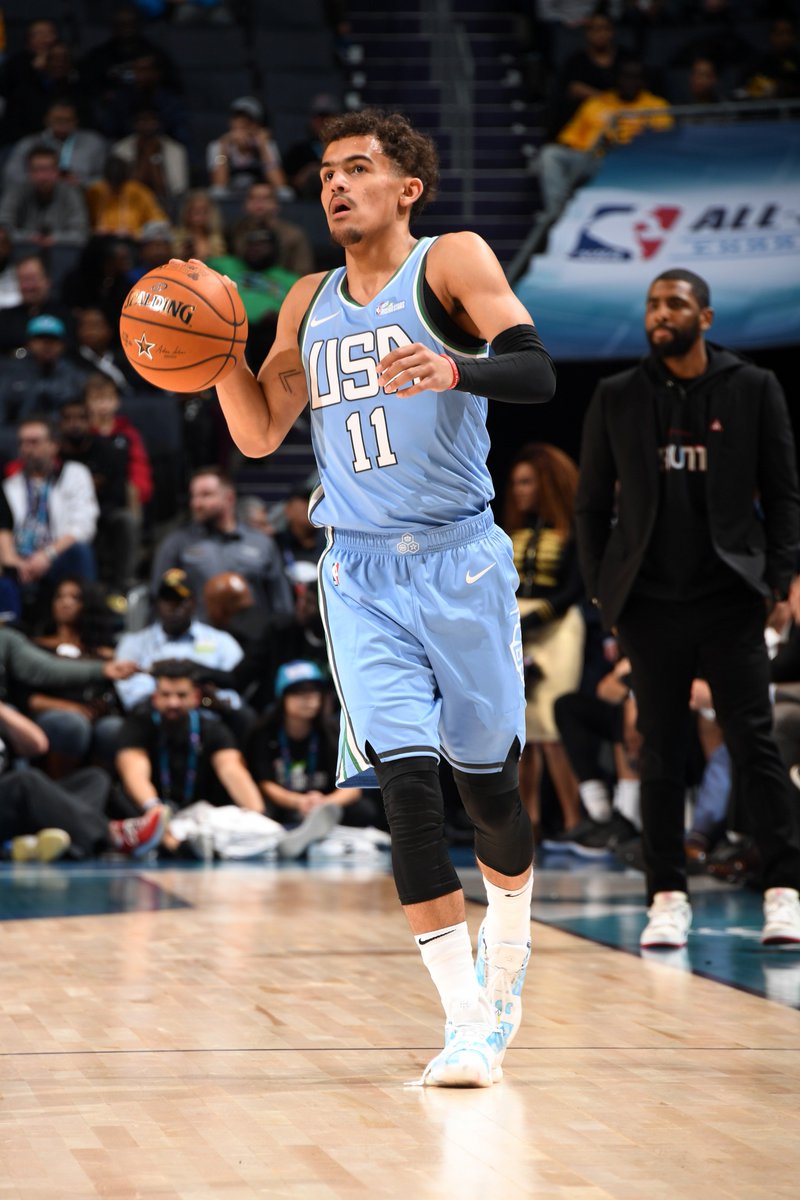 The attacker cannot be missed to the shield along the front line, if he moves slightly towards it, none of the partners will help the defender. The hand close to the end line insures the passage with the lead, the other one attacks the attacker.
The attacker cannot be missed to the shield along the front line, if he moves slightly towards it, none of the partners will help the defender. The hand close to the end line insures the passage with the lead, the other one attacks the attacker.
Do not give in to feints. If the attacker went to the end line where the defender took up position, you can meet him with his chest and show the referees that he knocked you down. Don't be afraid and learn to fall gently on your back.
If the attacker, despite the activity of the defender, lifted the ball for a throw, you should try to jump with him and prevent the throw. Do not stop working even when the opponent has already made a throw or pass. Do not turn away from him and block his path to the shield. When you take a step back, meet him with your face, and do not try to run after him. You should always be in these moments between the opponent and your shield.
4. If the defender is alone against two attackers, he tries to prevent the ball from being thrown from under the backboard and retreats with his back to his ring so that he can see both attackers. With false movements, he tries to stop the player with the ball and prevent him from making a pass to the opponent under the ring or in time for him in order to block the throw from afar. Not allowing the ball to be thrown from under the shield, the defender will fulfill his mission.
With false movements, he tries to stop the player with the ball and prevent him from making a pass to the opponent under the ring or in time for him in order to block the throw from afar. Not allowing the ball to be thrown from under the shield, the defender will fulfill his mission.
2x1 training on the spot and on the move develops reaction in defenders, teaches active arm movement, backward movement, composure and ability to intercept the ball.
5. Two defenders against three forwards - a common situation in any match, so the defenders, regardless of their position, being in the minority, must know their maneuver.
The front defender moves towards the dribbler to stop him at the top of the three-point offensive zone. He uses a feint, showing that making contact with this attacker is his main real task. At the same time, he should not get close to the opponent leading the ball. The rear defensive player takes a position on the free throw line, behind the front one and, after the pass from the dribbler, moves towards the player who received the ball - he is responsible for passing this player to the backboard or throwing from close range.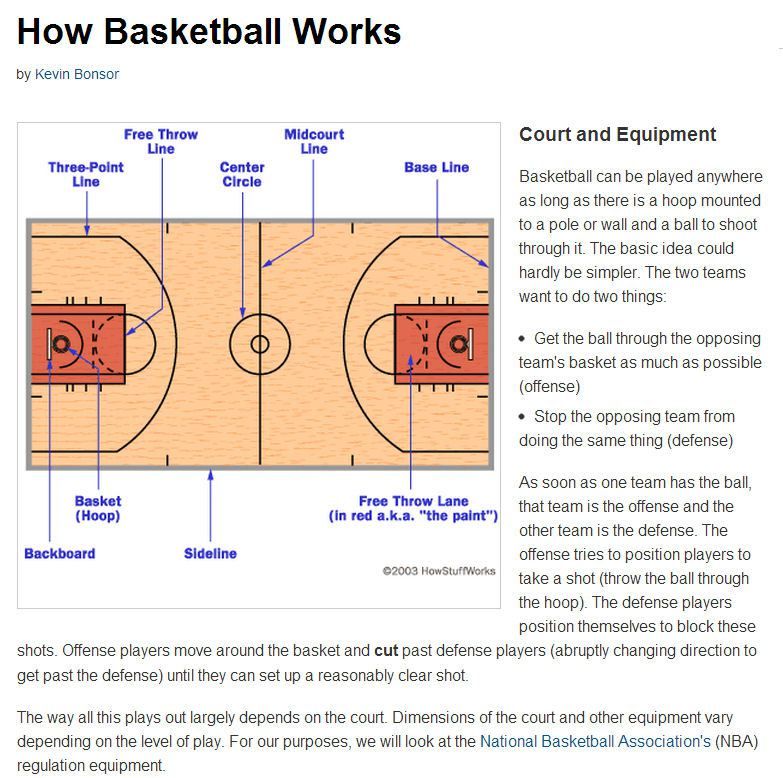 The front defender, meanwhile, quickly moves to the third striker under the shield, managing to prevent him from getting the ball. The task of the two defenders is to prevent the ball from being thrown from under the shield. Exercises 3x2, 4x3, 5x4 are a good school for practicing such actions. You can train them by attacking with two balls.
The front defender, meanwhile, quickly moves to the third striker under the shield, managing to prevent him from getting the ball. The task of the two defenders is to prevent the ball from being thrown from under the shield. Exercises 3x2, 4x3, 5x4 are a good school for practicing such actions. You can train them by attacking with two balls.
6. If three defenders are defending against four attackers, their actions are built as follows. If attacker XI has the ball, defender ?1 rushes towards him, defender ?2 is responsible for throwing and moving to attacker XZ's shield, defender ?3 moves to the shield. If attacker X2 receives the ball, defender ?1 tends to it. Defender ?3 is responsible for attacker X4, defender ?2 moves to the basket.
A 4x3 drill on the spot and on the move, with rebounding the ball after a throw, with one and two balls - a good rehearsal for a defense of three against four.
7. Today, not a single even very serious team imagines an attack without a combination of screens.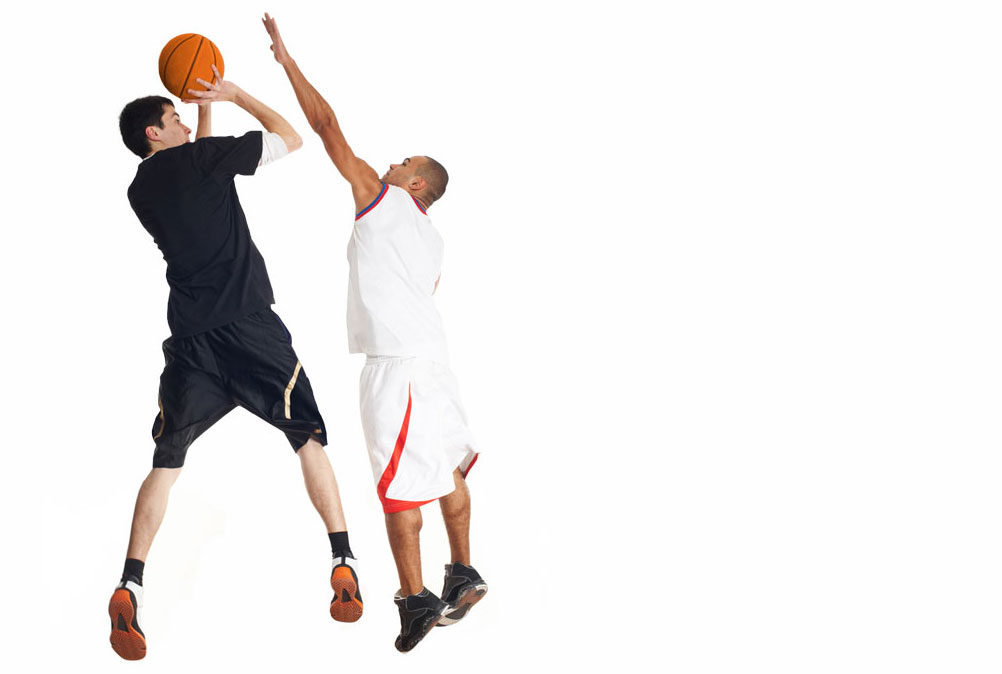
Coordination of actions of the team's defenders, warning about the impending screen determine the preparation of the team to fight the screens.
The guard guarding the screening player must warn his partner of the imminent threat. If the screen without the ball is made by attackers of the same height, there is no great danger of changing the defenders.
If the defenders want to avoid changing when screening from the side, the defender must turn towards the defender and step back, bypassing him from behind, which will not allow the attacker to pass to the backboard.
If the attacker screens from the blind side, from behind, the defender must open towards the defensive partner, turning sideways to him. This will make it difficult to set up a barrier.
8. If your partner puts a screen on the sniper when attacking from medium or long distances behind the defender and you did not have time to get out from under such a screen, a change is necessary: your partner switches to the sniper with his hand raised and prevents him from making a throw.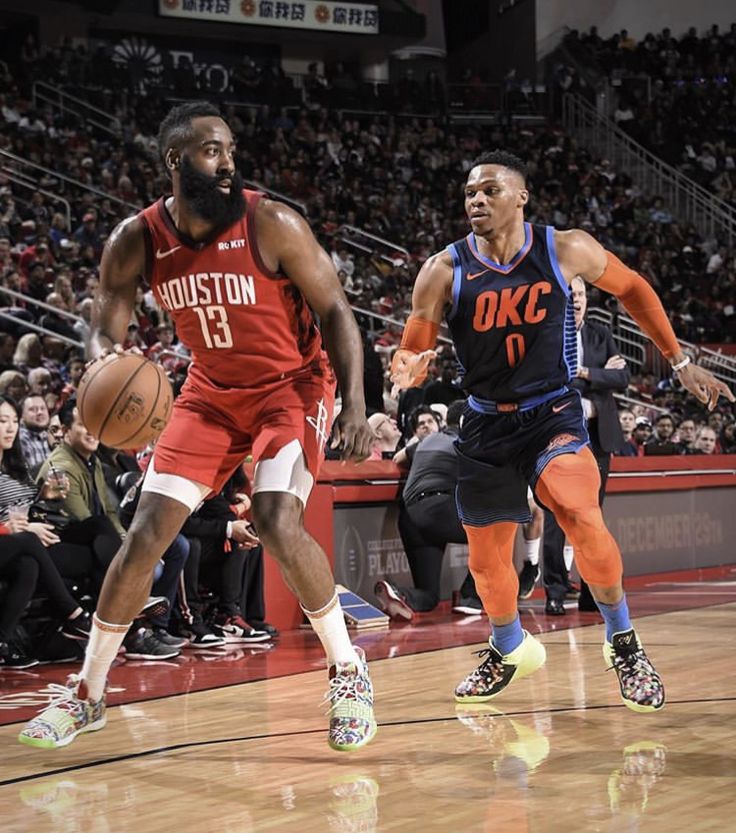 You are left with a dangerous, taller opponent, and your task is to prevent him from getting the ball or picking up the ball after the throw.
You are left with a dangerous, taller opponent, and your task is to prevent him from getting the ball or picking up the ball after the throw.
It is difficult to do without the help of partners in this situation. In general, I am a supporter of the smallest shift with screens, because. this reduces individual responsibility and gives the attacker a chance to beat the defender.
9. If your player, while in possession of the ball, seeks to pass to a teammate who is close to him, you must step back and allow your defensive partner to slip, and then take an active position towards your attacker.
10. The defensive player should always try to get the dribbler to the touchline, into the corner of the court, stop him and turn his back to the backboard.
The second defender, seeing this situation, attacks the opponent with the ball from the other side. Both of them with active hand movements interfere with making an aimed pass. It is important that the rest of the defense players are ready, focused on intercepting the ball.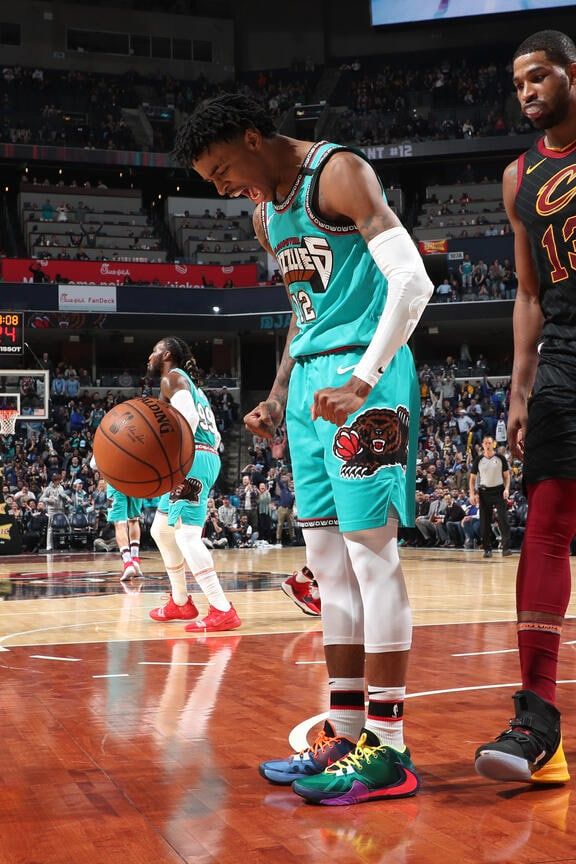
11. The USSR national team used the defense against the first pass in a fast break more than once against opponents who counterattack through a fast dribbler, sending him the first pass after picking up the ball from the backboard. So we often defended against the Spanish national team, where the ?1 dribbler was Carbolan or Salosobal.
Our team's tall center, who plays close to the backboard, whether it's Tkachenko, Sabonis or Belostenny, prevents the dribbler from making an accurate first pass. At the same time, our fast defender, for example, Homichujus, presses ?1 opponent and does not allow him to receive the ball. The other three of our players were to immediately return to their zone.
So often the counterattack of the Spanish national team failed, in which the Spaniards were especially dangerous and productive.
I must say that there are some significant differences between the game of our and American defenders. According to my conclusions, they are:
1.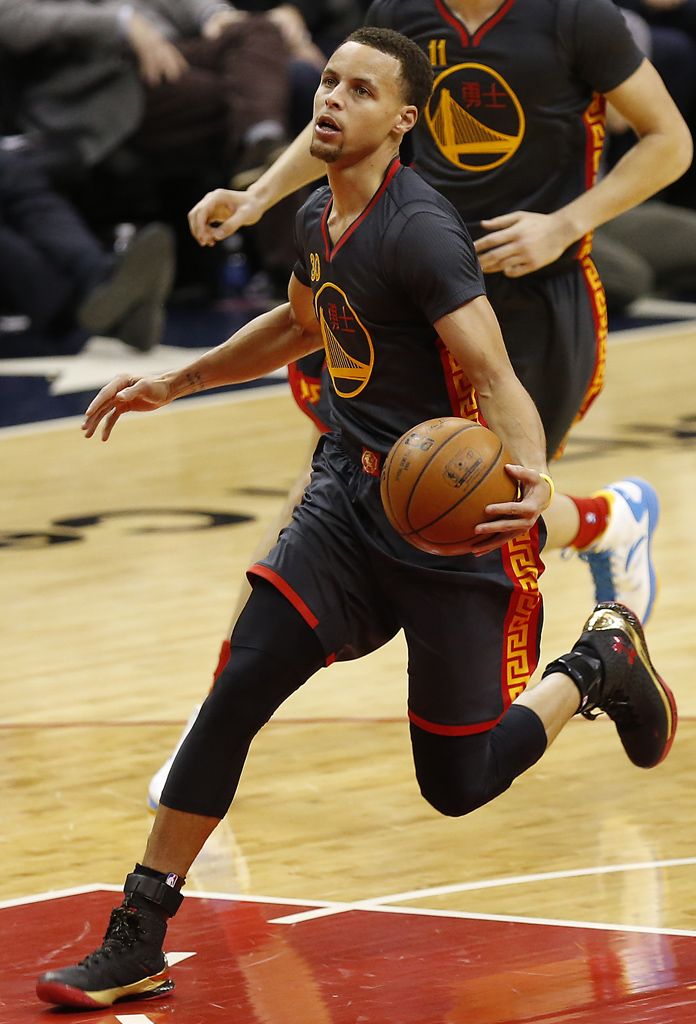 Americans on the defensive are always offensive, they are not afraid of a contact attack on the attacker in possession of the ball.
Americans on the defensive are always offensive, they are not afraid of a contact attack on the attacker in possession of the ball.
In a low stance with arms raised, the US defender seeks to hit the ball, prevent a pass from being made, not to mention a shot. If the attacker lifts the ball up, the defender immediately reacts to this: his hand rises up and seeks to interfere with any actions of the attacker. The attacker put the ball down - the defender immediately takes two quick steps back, preparing to prevent the opponent's pass without losing his defensive stance.
2. When active, the American defender never allows the attacker to pass with the ball through the center, into the middle, but constantly pushes him to the sideline. When an attacker is missed on the front line, teammates immediately come to the aid of the defender. Our tactic is, on the contrary, to close the baseline, where, as we believe, it is more difficult to provide team assistance. I think it's best to find a compromise here: train the safety net both in the middle of the three-second zone and when passing on the front.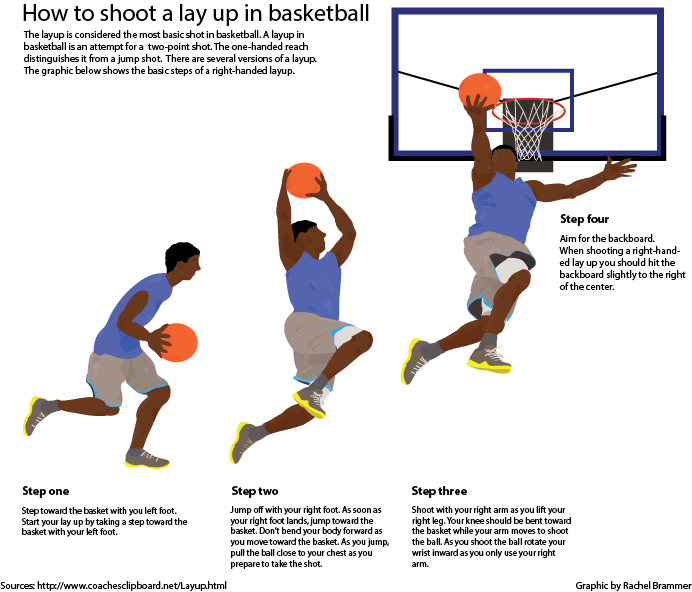 And in games, take into account the characteristics of attackers under guard, do not let them go in their favorite directions (left hand, favorite throw point, feints, etc.).
And in games, take into account the characteristics of attackers under guard, do not let them go in their favorite directions (left hand, favorite throw point, feints, etc.).
3. When screening, the American defender's first impulse is to pass behind his player. With a quick movement of the foot close to the screener, he tries to get ahead of the screening and stay with his ward, and if this fails, a change of attacking players follows. This does not reduce activity.
Improvement Exercises
Improvement Exercises
Improvement Exercises
passing and catching the ball
Catching the ball is not difficult, and players in most cases learn it well. Passing the ball in modern basketball play a very important role, their timeliness and accuracy depend on the success in attack. The main ways of passing the ball in modern basketball: with two hands from chest, with one hand from the chest (these two methods are used in the game most often), with one and two hands from the shoulder, one and two hands underneath.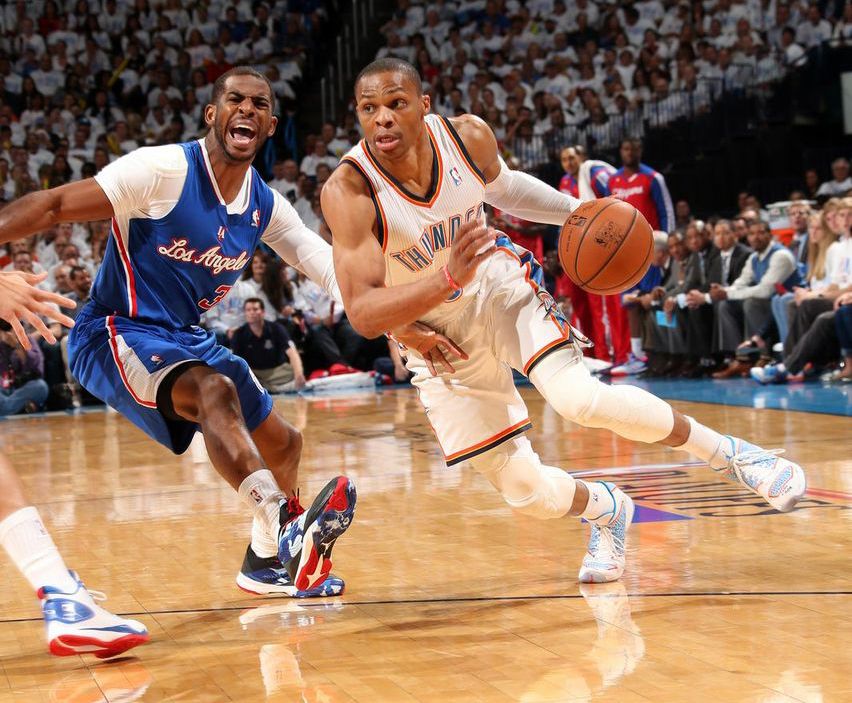
Skilled Players Successfully Use Passes with one hand behind the back, with one hand after dribbling (without catching it). AT fast game, this method is very effective, and it must be mastered.
But to follows first improve the basic ways of passing the ball.
Different ways of passing and catching the ball must be mastered in conditions close to the game, i.e. in fast movement, with resistance (passive and active).
Of particular importance in a dynamic game with action defenders acquires the timeliness of transmissions. Therefore, in the exercises combine the partner's exit to receive the ball with timely passes of the ball and etc.
It is important to emphasize the efficiency of passing the ball with rebound from the floor, which require more precise execution , and means more time to improve. Our basketball players are not enough often used to pass the ball with a rebound from the floor (especially in motion), so how unsure of their exact execution. In training, it is imperative to improve the transfer of the ball with a rebound from the floor.
In training, it is imperative to improve the transfer of the ball with a rebound from the floor.
Exercises for single player training
1. Player, standing at a distance of 3-4 m from the wall facing it, hits the ball in different ways against the wall and catches him, observing the correct stance.
2. The same but the player, catching the ball, changes his stance every time: he passes the ball with his right hand to stance left leg in front, turning slightly with the left side towards the direction passing the ball, passing the ball with the left hand - vice versa.
3.Player, catching the ball that bounced off the wall, turns around and then makes the next transmission.
4.Player, catching the ball, makes a deceptive movement to the right, making a turn, I—2 strokes dribbles the ball and then performs transmission.
5.Player, after catching the ball, performs a deceptive movement (with arms, torso, legs) and after this performs the transmission.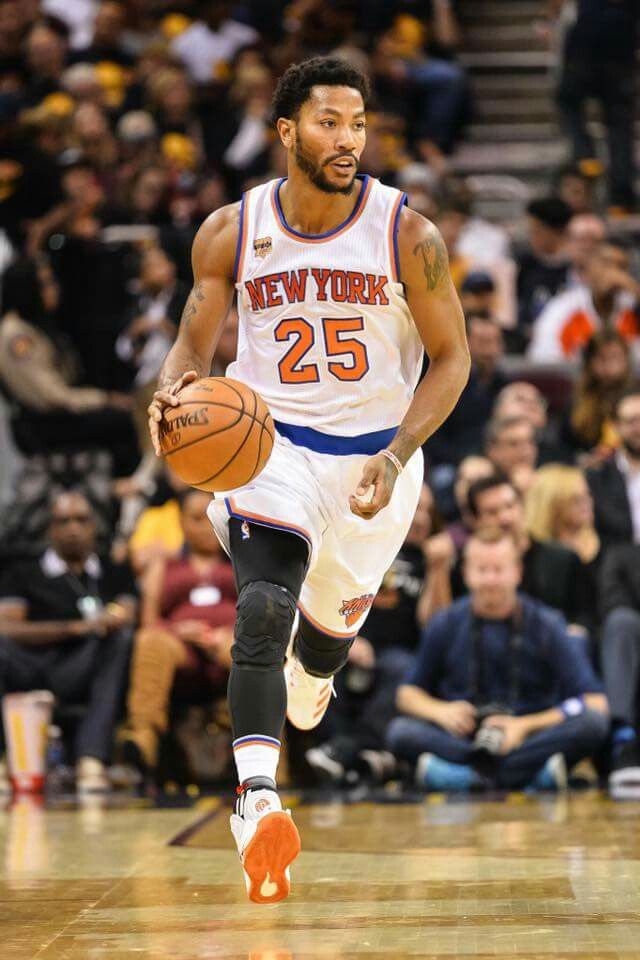
6.Player, catching the ball that bounced off the wall, performs a deceptive movement, dribbles the ball in opposite side (5-6 m) and performs the transmission. Having caught the ball, he performs the same in the opposite direction.
7. Several circles are drawn on the wall, one inside the other, (target), the most a large circle with a diameter of 60-70 cm. Performing the described exercises, the player tries to get into the circle he has planned. (or in all circles in a row).
8.Player stands 2-3 m from the wall and hits the ball against the wall at such a height that the bouncing ball can be reached only in the jump, and in the jump again throws the ball against the wall. You can throw the ball with both hands, with one hand, or with one or the other hand. Exercise can be performed at the basketball backboard.
9. Exercise against an uneven wall. An uneven wall can be replaced with a simple fixture: attach to the wall cut in half iron barrel (Fig.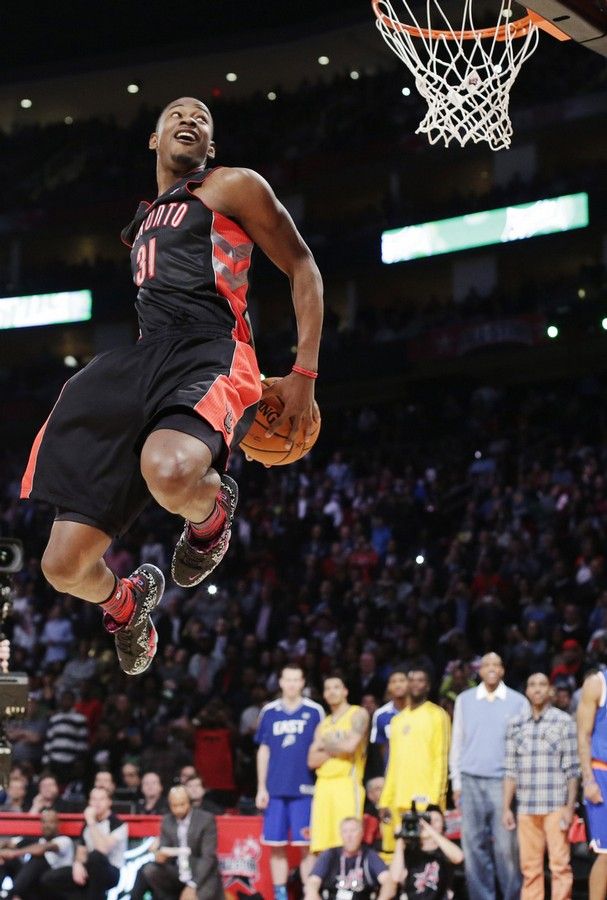 28). On impact ball against an uneven wall (or half a barrel), the direction of the ball bounce will be different, unexpected. This will improve dexterity, catch the ball in the most unexpected positions.
28). On impact ball against an uneven wall (or half a barrel), the direction of the ball bounce will be different, unexpected. This will improve dexterity, catch the ball in the most unexpected positions.
10.Player, standing 3-4 m from the wall, passes the ball as quickly as possible with different ways, as well as deceptive movements, turns, short dribbling during 30-60 sec. Try to do it correctly as many times as possible.
11. The player stands in the corner of the hall at a distance of 3-4 m from both walls and passes the ball in different ways to one or the other wall (Fig. 29).
Exercises for training two players
1. Players, standing on the contrary, they pass the ball to each other. Catching the ball must take a step forward to meet the ball.
Variations : before passing the ball, perform a fake movement, turn, increase the distance between those who pass the ball, carry out passes in jump, short dribbling before passing
2.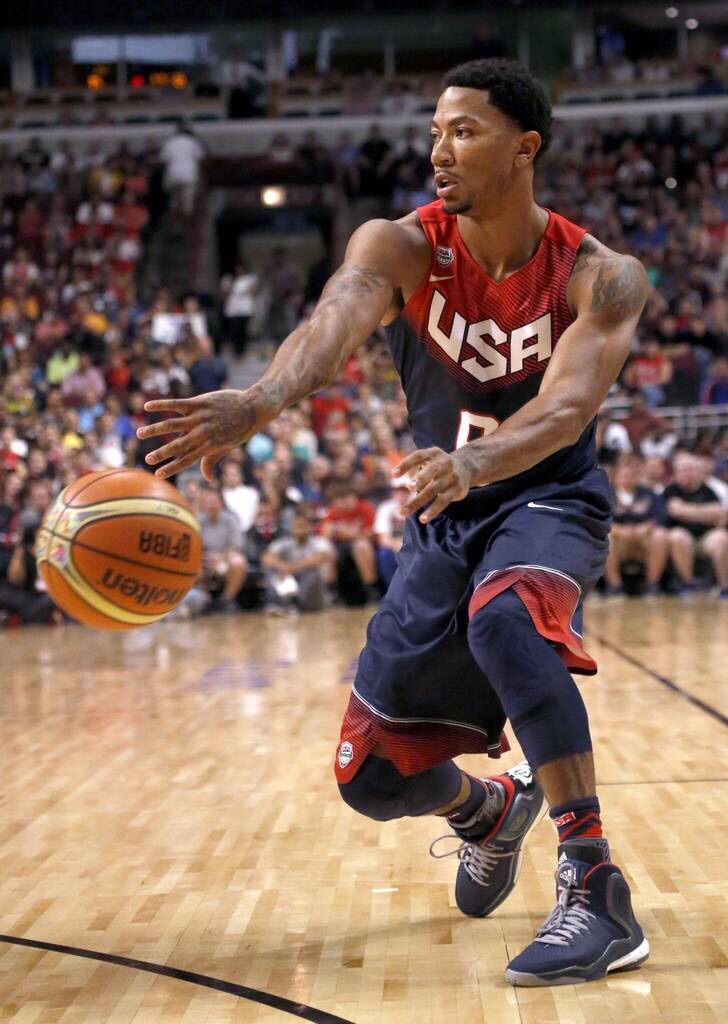 Players, sitting on the floor one against the other (or kneeling) at a distance of 4-5 m, pass the ball to each other. Transfers are performed mainly with wrist movements.
Players, sitting on the floor one against the other (or kneeling) at a distance of 4-5 m, pass the ball to each other. Transfers are performed mainly with wrist movements.
3. Players stand opposite another at a distance of 5 - 6 m, have a ball and pass them to each other. One player bounces the ball
4. One player with the ball stands against the wall at a distance of 3-5 m facing her. The second - the defender - stands in front of the ball carrier and interferes with him pass the ball to the intended target The player with the ball, performing deceptive movements, turns tries to pass the ball right on target. It is very important that the player with the ball completes the pass quickly, making as many fewer preparatory movements (after all, in the game in a convenient the position of the partner is an instant). The players change roles.
5. Both players face the uneven wall one after the other The first player hits the ball about the wall.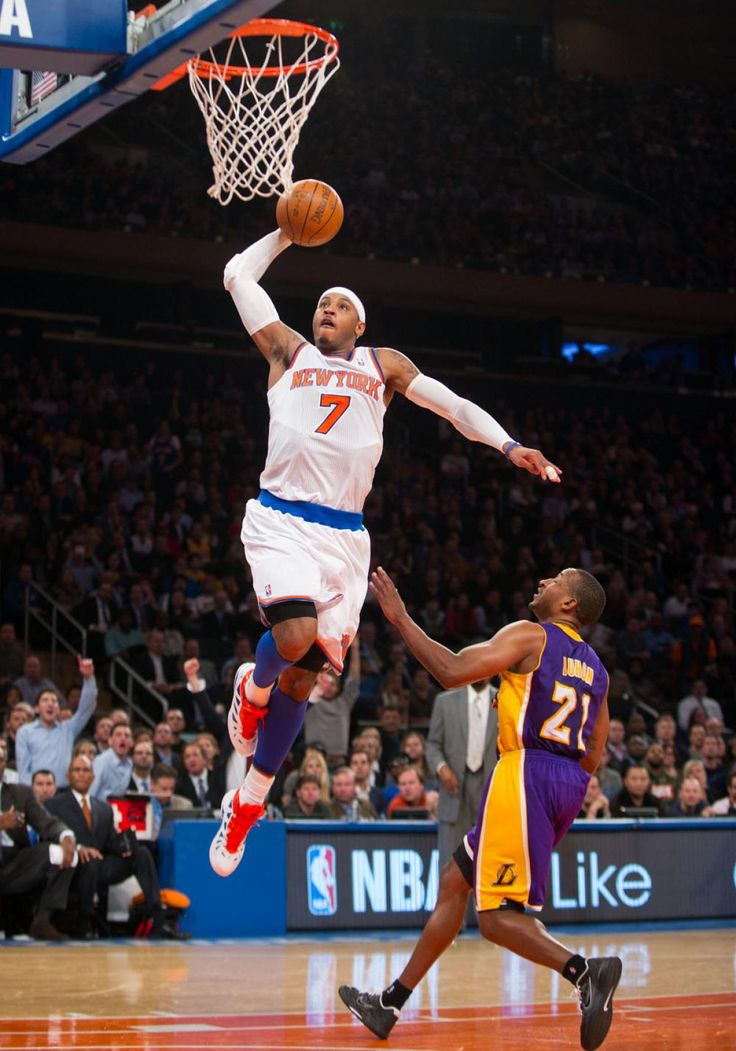 The (second) player standing behind him jumps forward and catches the ball. After After that, the players return to their starting position and repeat the exercises. Player, throwing the ball against the wall, also trying to catch it.
The (second) player standing behind him jumps forward and catches the ball. After After that, the players return to their starting position and repeat the exercises. Player, throwing the ball against the wall, also trying to catch it.
6. Players pass the ball to each other on the move, moving forward. You must run straight ahead and only when passing and catching turn to partner (Fig. 30)
7. Players pass the ball to each other while running in a circle.”
8. Players stand facing the court at a distance of 4-5 m one behind the other. Ball at the player standing at the end line. The player without the ball runs forward, and the partner passes the ball to him. Running forward all the time must see player with ball, so he runs with his head turned back. Before catching the ball Be sure to stop and take a step towards the ball. exercise difficult because the direction of the player's running and passing the ball are the same here.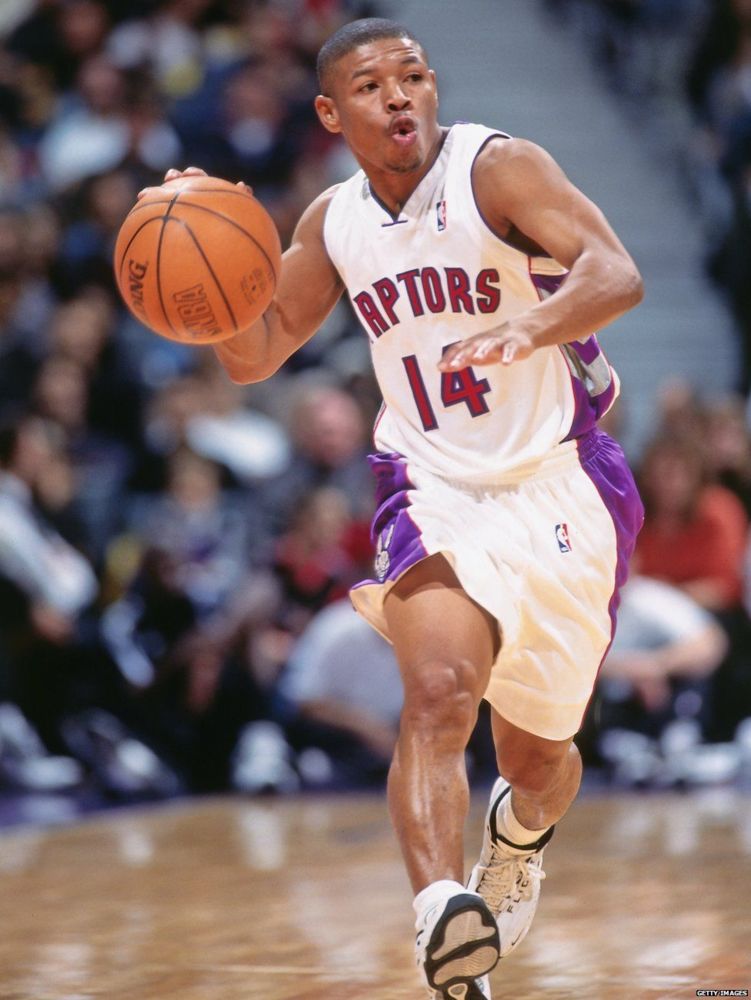 Broadcast must be very accurate. Such exercises are usually little used on training sessions, and there are many passes of this kind in the game. When the partner has caught the ball, the player who passed the ball runs forward as fast as possible, overtakes the partner with ball, receives a pass from it, etc. (Fig. 31).
Broadcast must be very accurate. Such exercises are usually little used on training sessions, and there are many passes of this kind in the game. When the partner has caught the ball, the player who passed the ball runs forward as fast as possible, overtakes the partner with ball, receives a pass from it, etc. (Fig. 31).
9. The same the same, but the player who received the ball dribbles it at a slow or medium pace, and when a partner overtakes him, he passes the ball to him. Ball .pass .to the left, then to the right of the running player (Fig. 32).
10.On two obstacles were placed on the court at a distance of 10-12 m. Both players for obstacles. The ball carrier feints to one side and goes around obstacle on the other side while dribbling the ball. The same is done by the player without the ball and jumps in front of an obstacle. As soon as the player without the ball is shown in front of obstacle, it must be followed by a pass (fig. 33). After that, the players occupy the original position, but with the ball another player.
33). After that, the players occupy the original position, but with the ball another player.
Exercises for training three or more players
In this and in other sections for training three players are quite complex exercises that are advisable to apply to improve technical techniques, as well as ingenuity, a sense of interaction with a partner, combinations of action with a partner, individual and group tactical actions.
1. Three player, standing in a triangle at a distance of 4-5 m from one another, pass the ball each other in different ways (Fig. 34).
Options: passing the ball in different directions to any player with movement of players, change of location, jump passes, etc.
2. The same the most, but the transfers are carried out with two balls. Option: pass the balls to one player (fig. 35),
Players change places.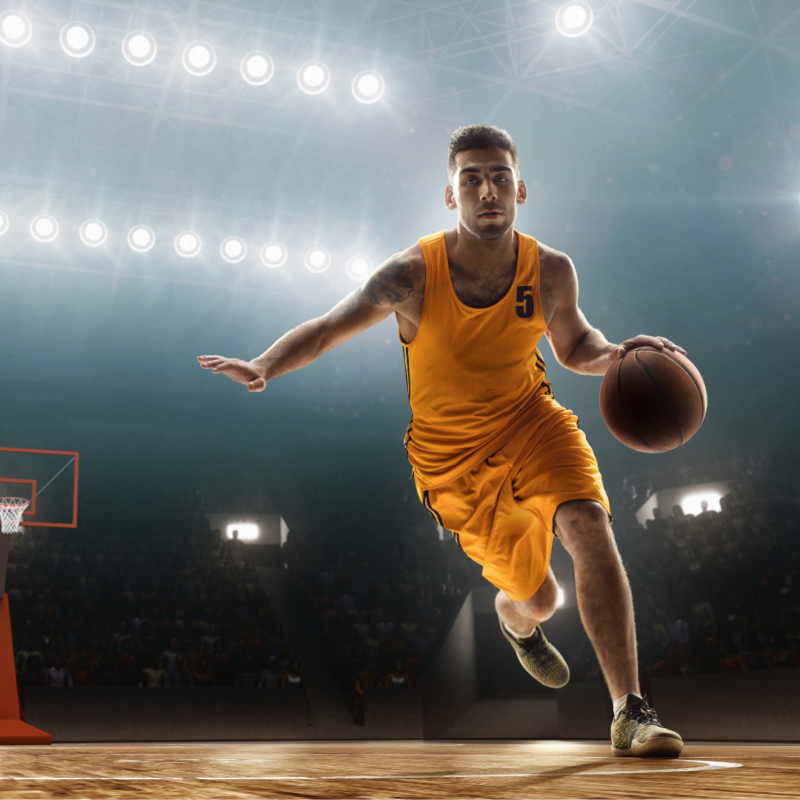
3. Players run around and pass the ball forward, backward (Fig. 36).
4. Players stand at the end line facing the court, as shown in fig. 37. The player in the middle passes the ball forward to one running player, then to another. exercise can end with a throw in basket. Return to the starting position in steps, passing the ball to each other or leading it. Starting the exercise again, the players change places.
Options: perform an exercise with dribbling, with two balls (in this case, you must use dribbling).
5. Players stand at the front line; as in the previous exercise. The ball is held by a player standing in in the middle He passes it to one of the running players, runs after the ball and runs around the player to whom he passed the ball. The player who received the ball passes it third partner and runs around him, etc. (Fig. 38).
6. Players stand to form a triangle. The distance between them is 4-5 m. Player 1 passes the ball to player 2 and runs between partners (Fig. 39, a). Player 2 passes the ball to player 3 and runs between partners (Fig. 39, b), player 3 passes the ball again to player 1 and runs between partners (Fig. 39, to ) etc.
Players stand to form a triangle. The distance between them is 4-5 m. Player 1 passes the ball to player 2 and runs between partners (Fig. 39, a). Player 2 passes the ball to player 3 and runs between partners (Fig. 39, b), player 3 passes the ball again to player 1 and runs between partners (Fig. 39, to ) etc.
7. Players stand to form a triangle. The distance between them is 5-6 m. Player 2 runs out to free space and receives the ball (Fig. 40, a) from player 1. To the place of player 2 player 3 runs out and receives the ball from player 2 (Fig. 40.6). Player 1 runs to the place of player 3, receives the ball from player 3 (Fig. 40. c) etc.
8. Players occupy the position shown in Fig. 41. Two players each have the ball. Players with balls pass them in turn to the player who is at the free-throw line, which must, running out, meet every transmission and how return the ball to partners faster.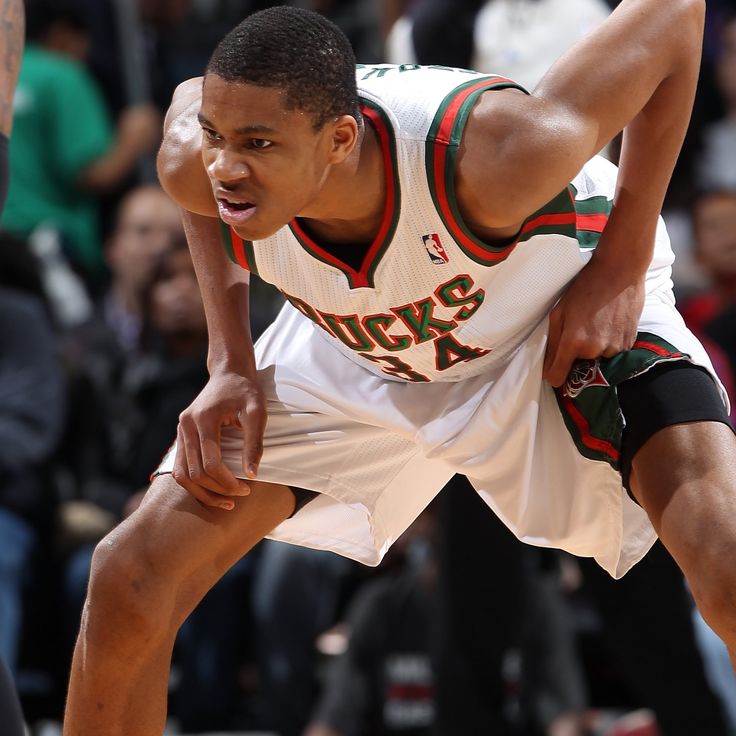 Players take turns changing places.
Players take turns changing places.
9. The same but the players are positioned as shown in fig. 42.
10. Improving the ball passing with the opposition of the defender. Two players stand alone against another at a distance of 3-5 m. The third player is between them, closer to the player, who has the ball and prevents him from passing the ball to a partner. Ball carrier applying deceitful movements, in various ways tries to pass the ball to a partner. It is forbidden pass the ball high over the defender. The highest trajectory of the ball is not should be higher than the defender's outstretched arms. If the player successfully passed the ball partner, then the defender quickly runs to the player who received the ball and interferes with him perform the transfer.
If a player standing in the middle touches the ball so that the ball changes direction flight, then to the middle of
becomes the one who failed to complete the transfer. If the standing player in the middle does not can interfere with passes or intercept the ball, then the change takes place alternately (Fig. 43).
If the standing player in the middle does not can interfere with passes or intercept the ball, then the change takes place alternately (Fig. 43).
11. Two players on the move pass the ball to each other. At the center circle, the third player - defender whose goal is to intercept the ball. Players passing the ball without using
reference (driving can be used only in necessary cases), passes are bypassed defender and complete the exercise by throwing the ball into the basket. Back to starting position return step (Fig. 44). Change the protector after 1-2 repetitions of the exercise.
12. Two players stand behind obstacles (chair, stand) one behind others. The player with the ball stands in front of them at a distance of 8-10 m. The players, behind the obstacle, alternately jump out from behind the obstacle, receive ball and return it. Before exiting due to an obstacle, be sure to perform a fake move. The player who returned the ball takes the original position, and in the meantime, the second player jumps out from behind an obstacle (Fig. 45).
The player who returned the ball takes the original position, and in the meantime, the second player jumps out from behind an obstacle (Fig. 45).
13. Players are positioned as shown in fig. 46. A player who wants to receive the ball, protector insures. The player, making deceptive movements, tries to take such position to receive the ball. Having received the ball, he returns it back to his partner and returns to its original position or to the opposite side penalty area. After completing the exercise several times, the players change places (Fig. 46).
14. A player with the ball is guarded by a defender who prevents the ball from being passed to a third player, which pops up because of the obstacle. A player jumping out from behind an obstacle waits for the ball no more than 3 seconds. The task of the player with the ball is to pass the ball to the player in time, jumping over an obstacle.